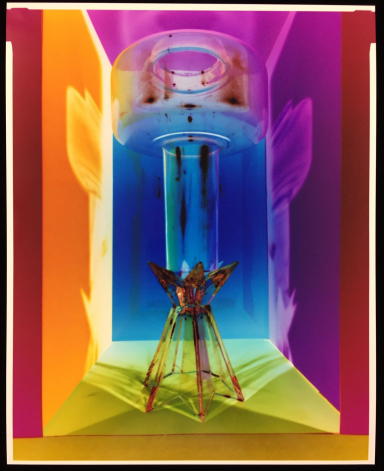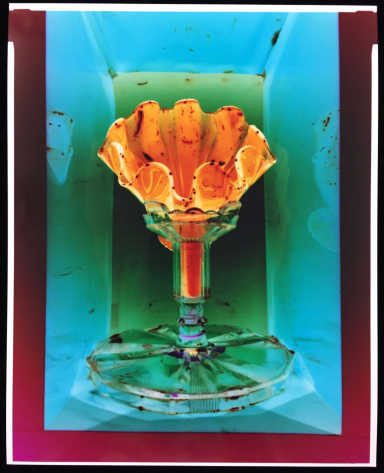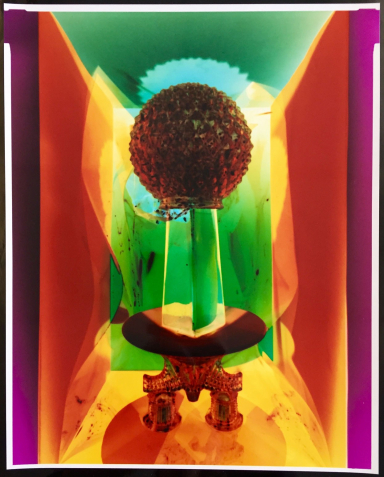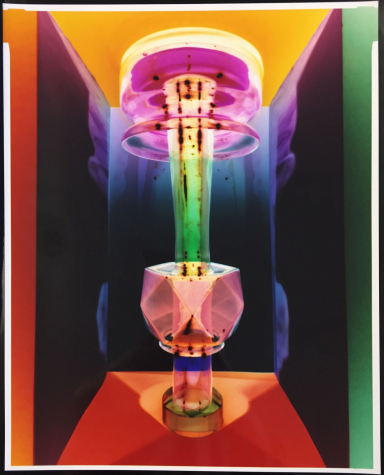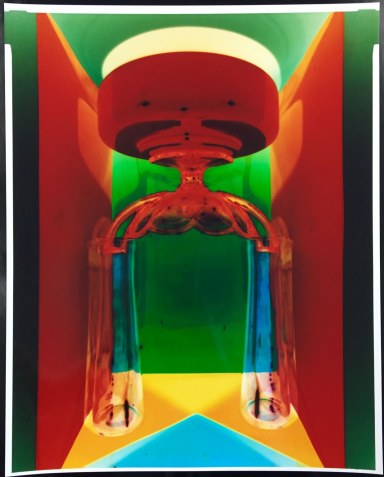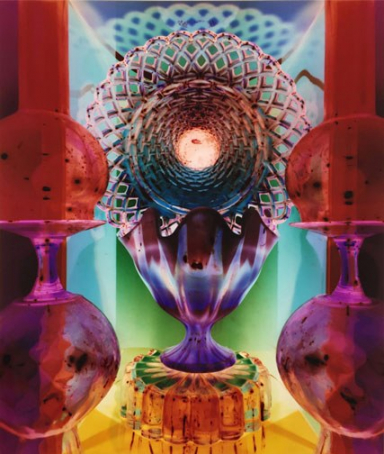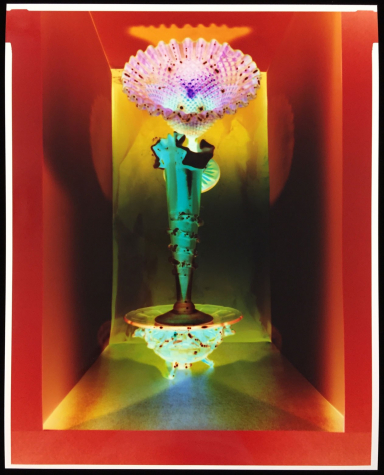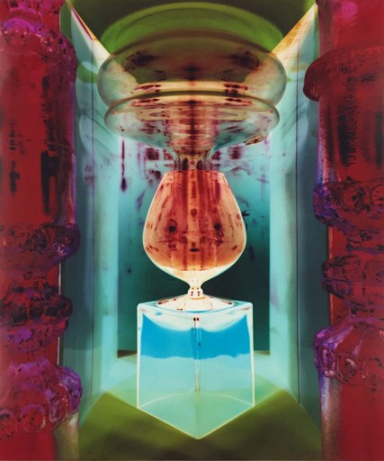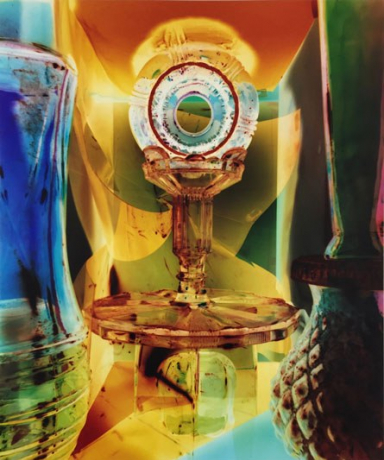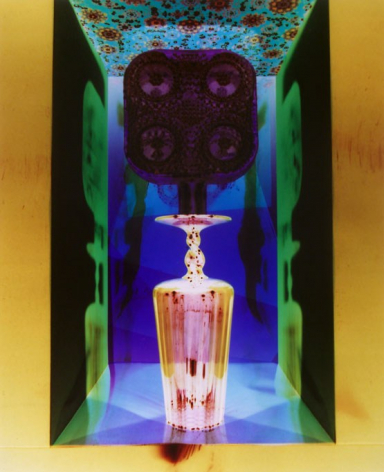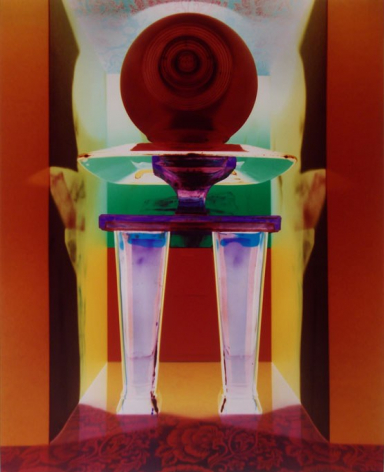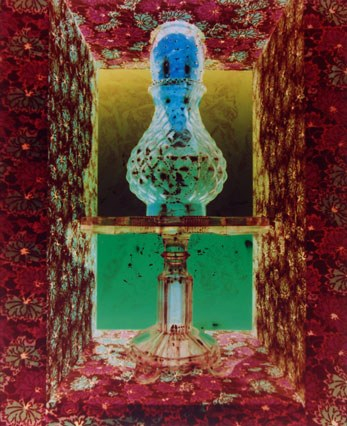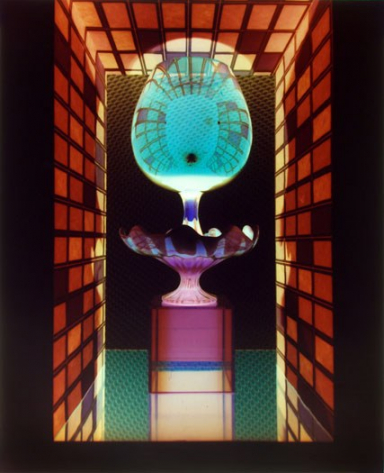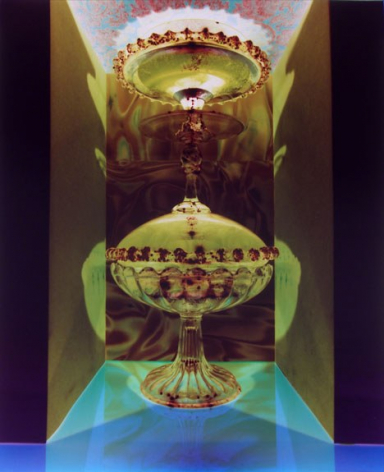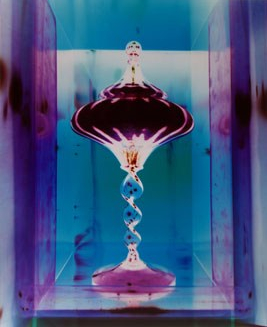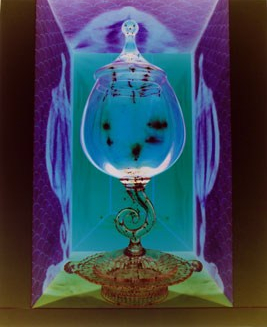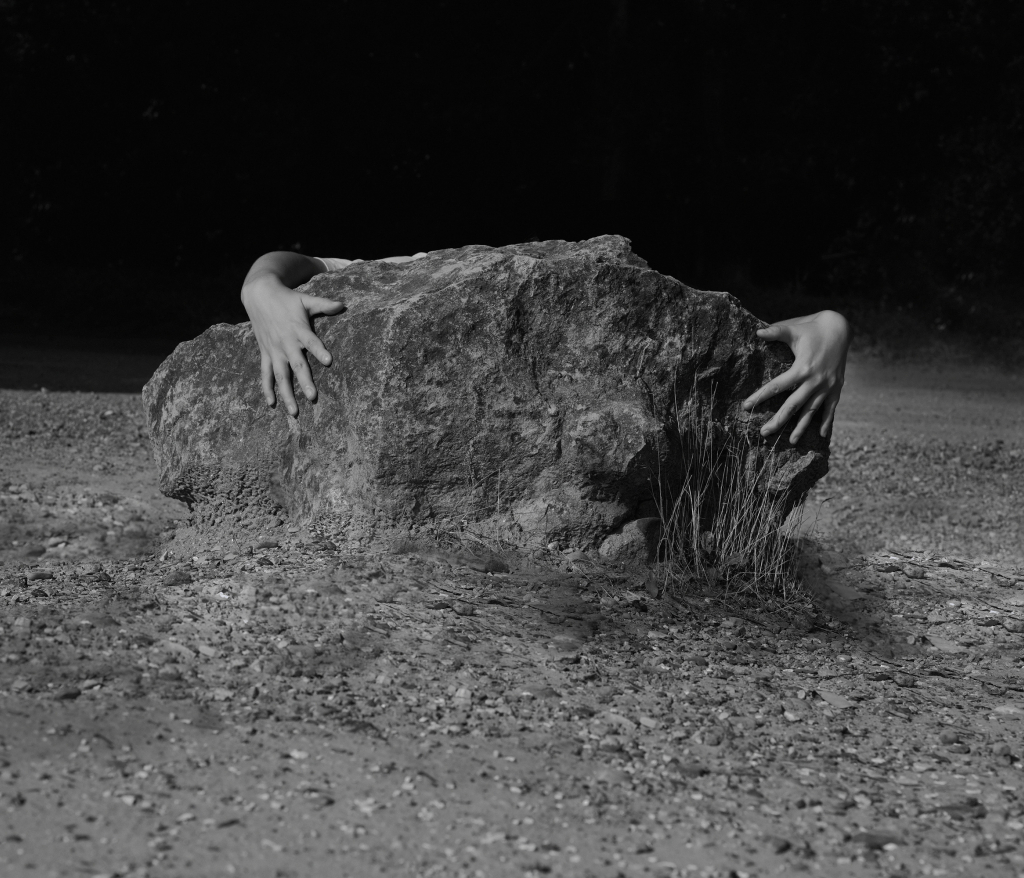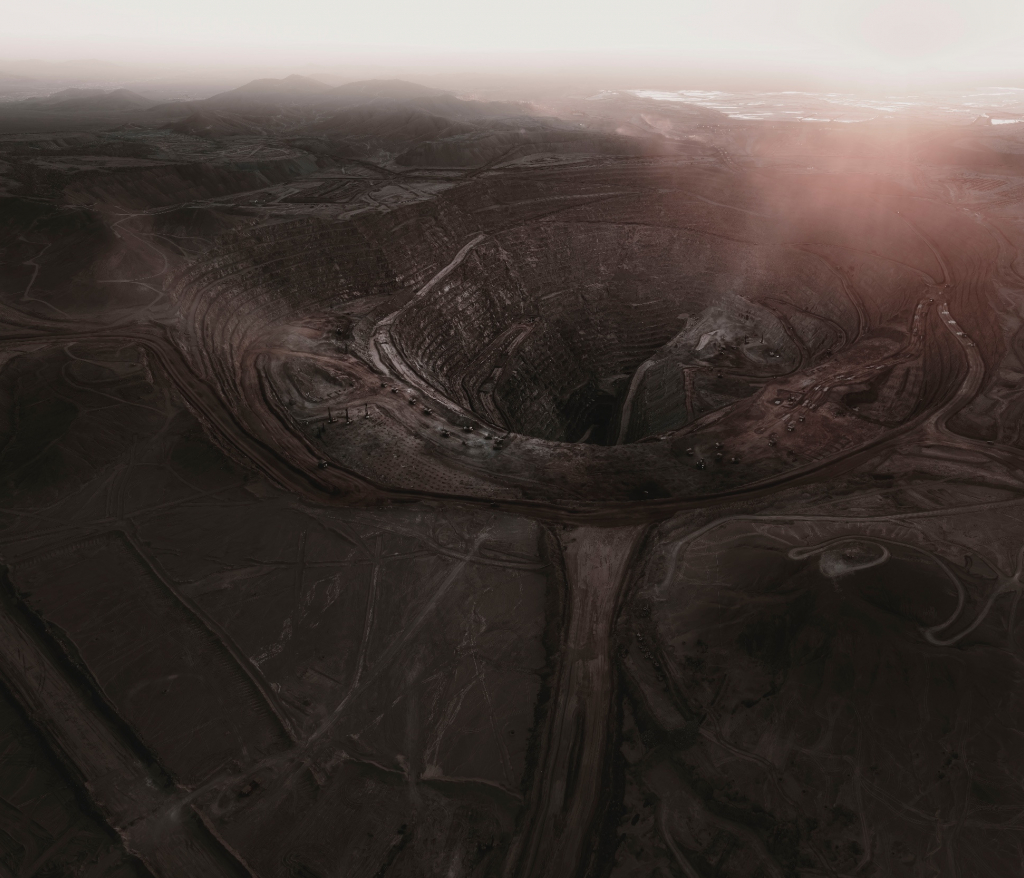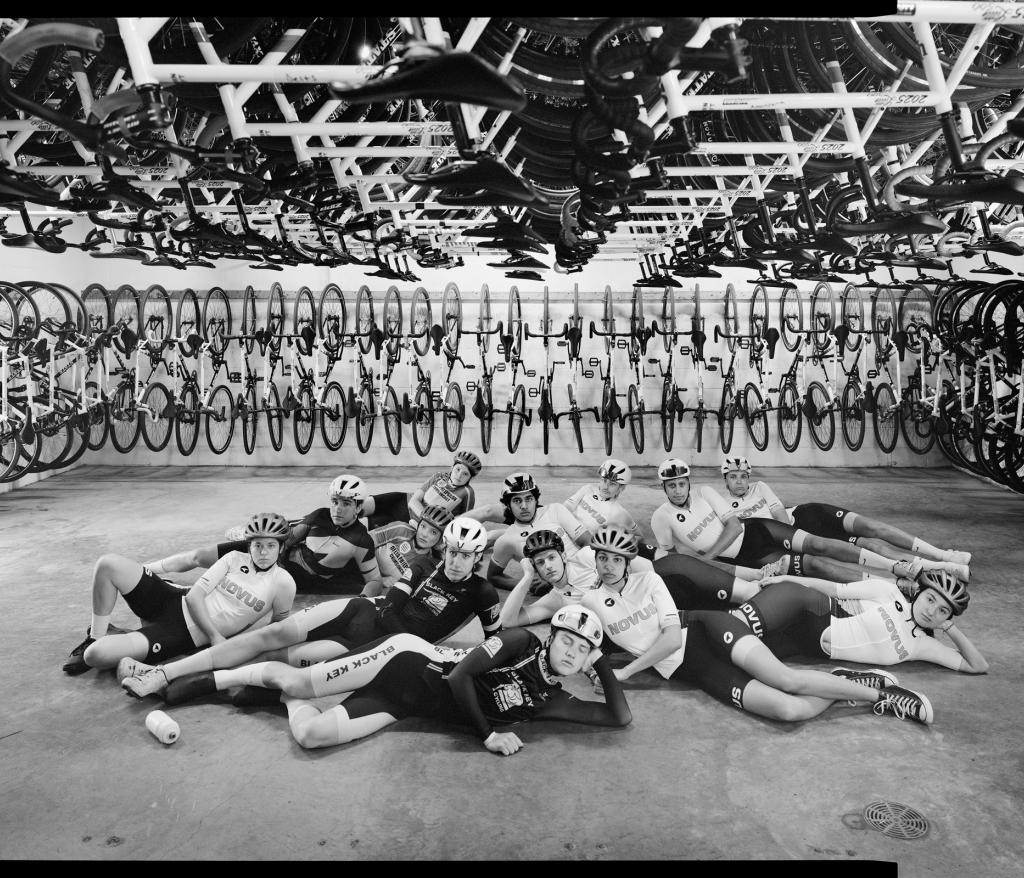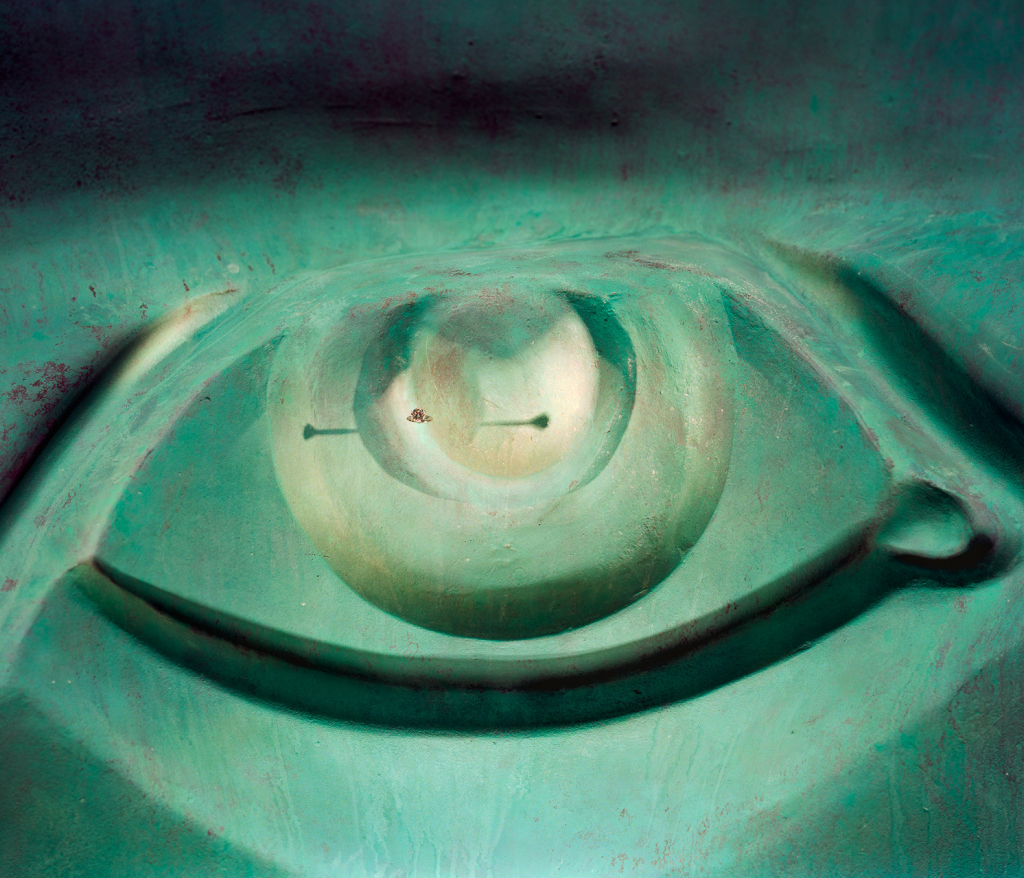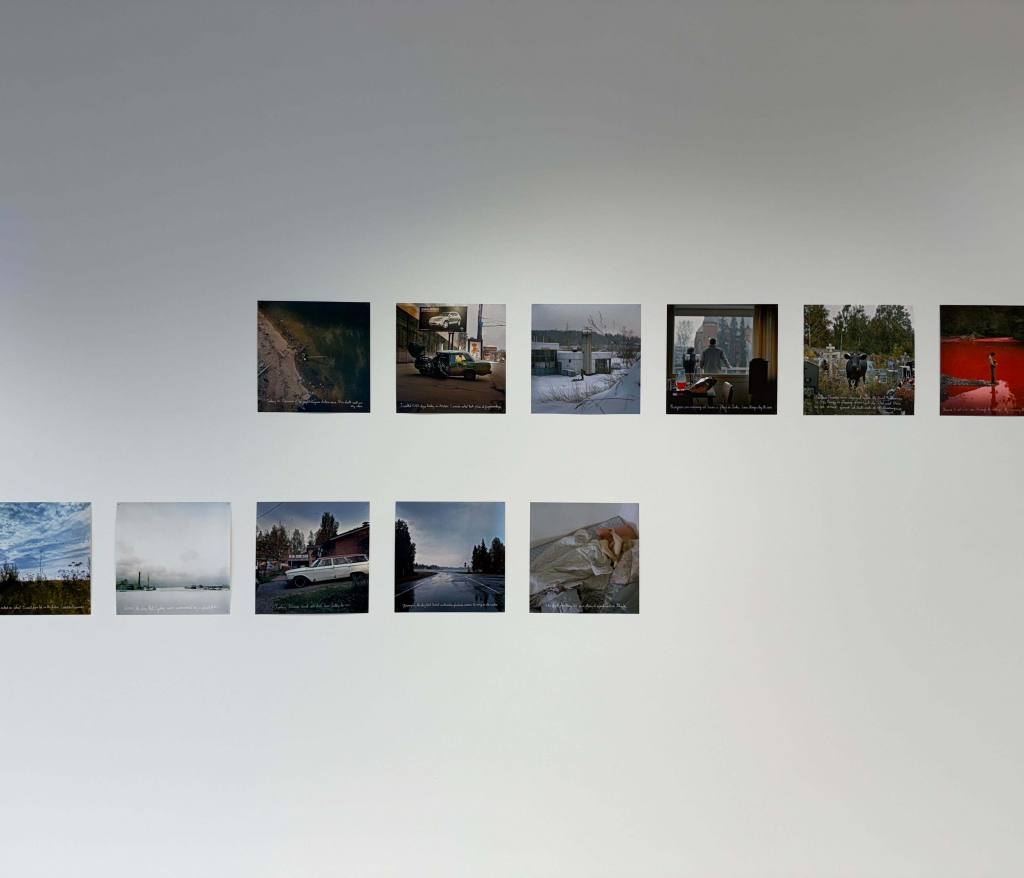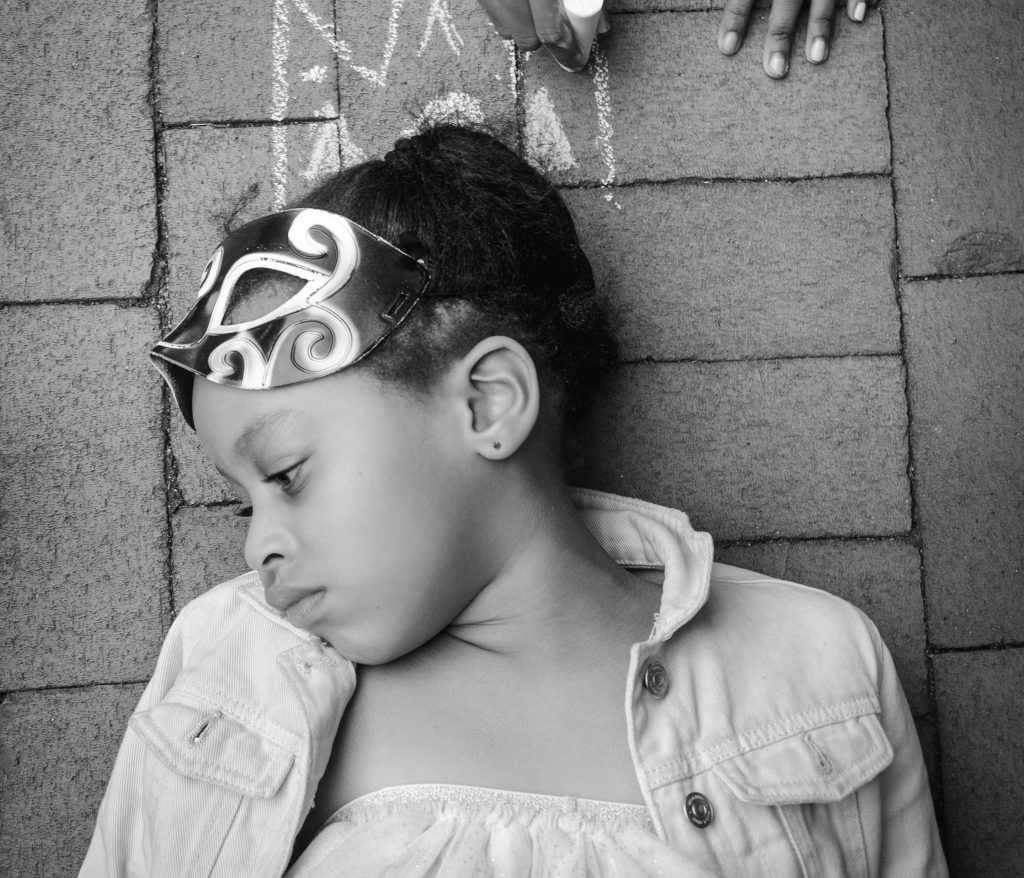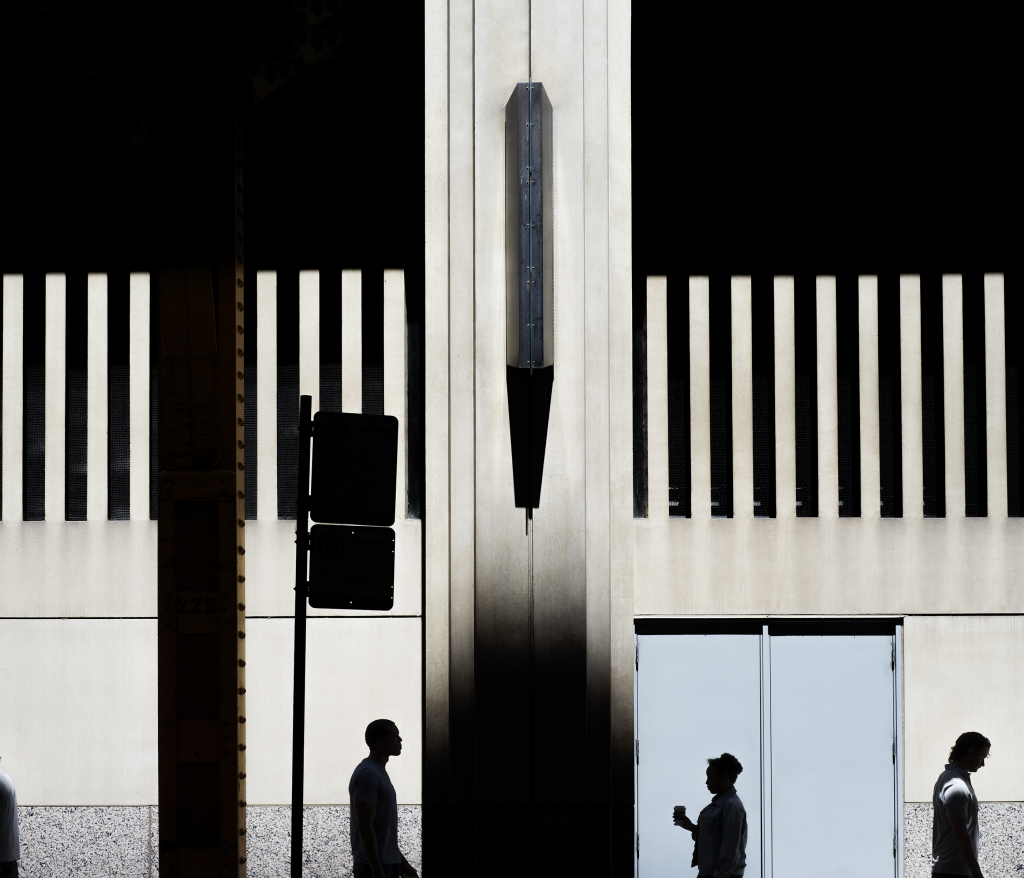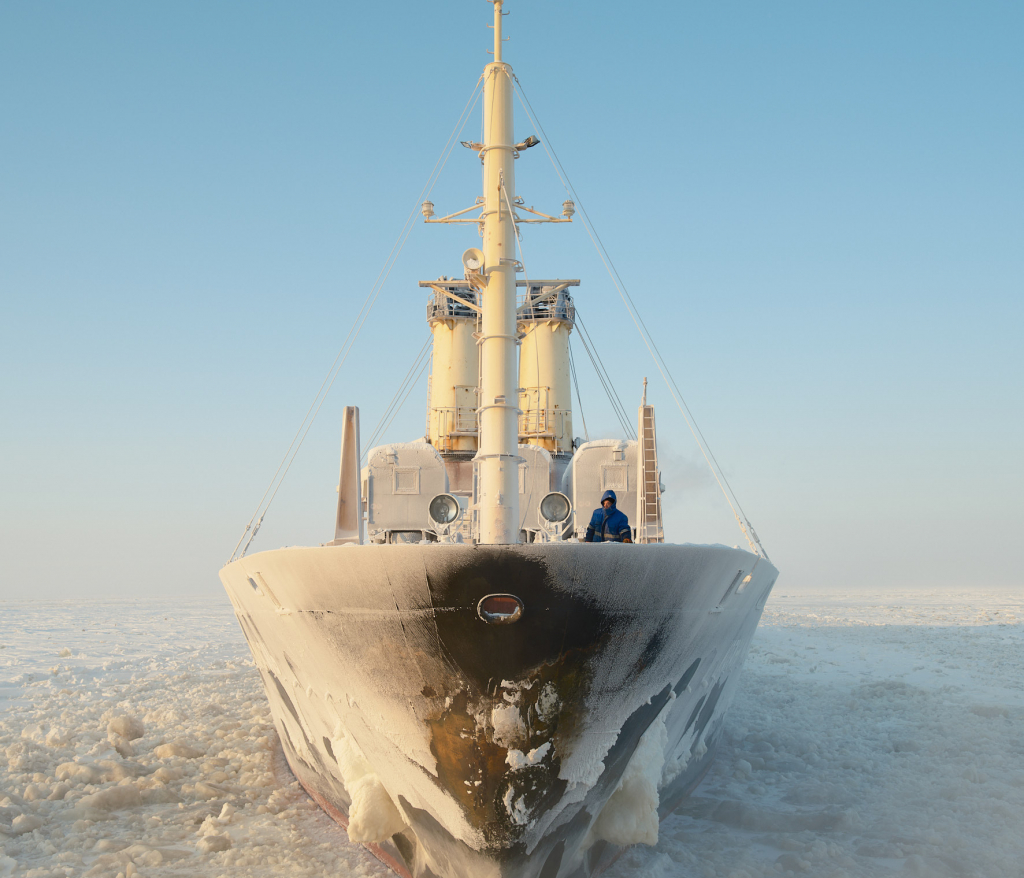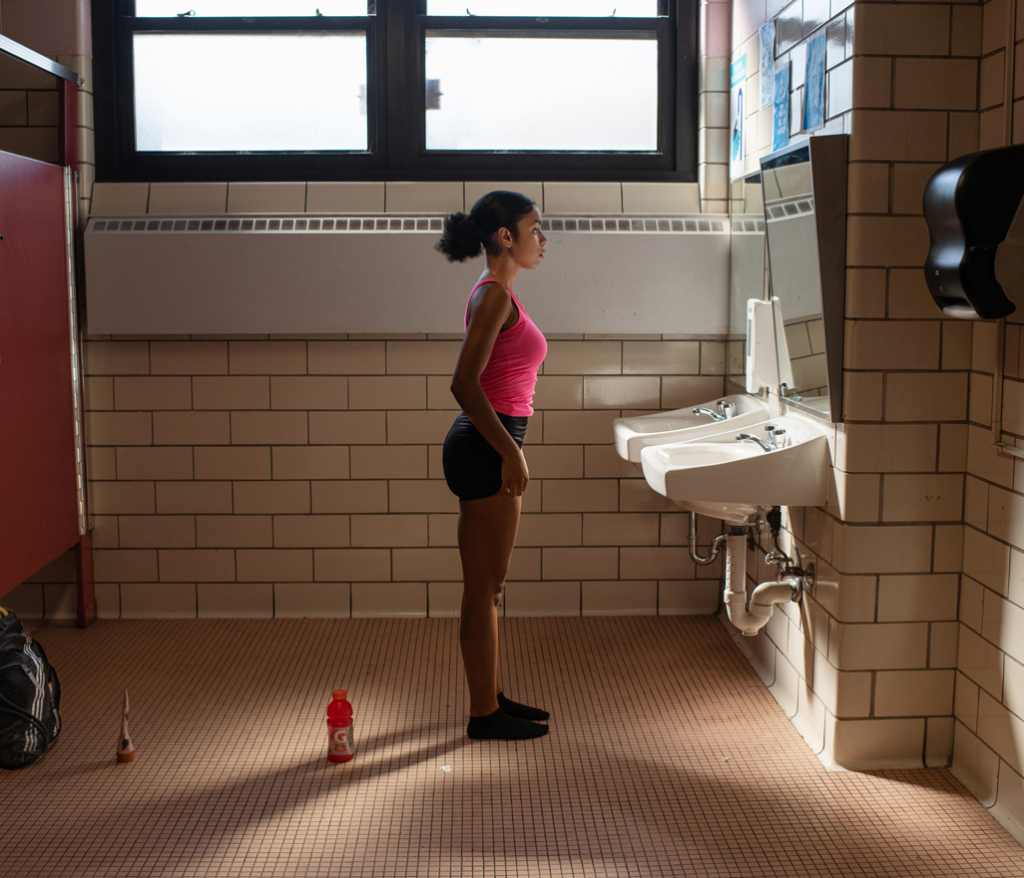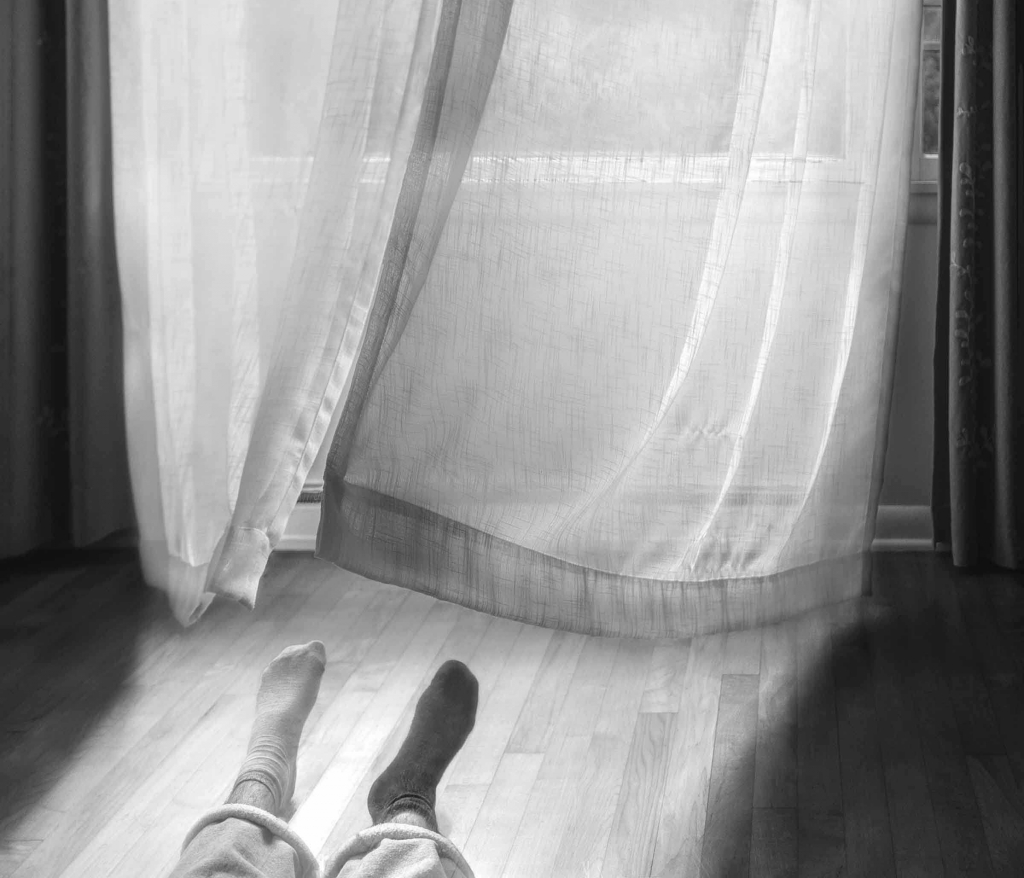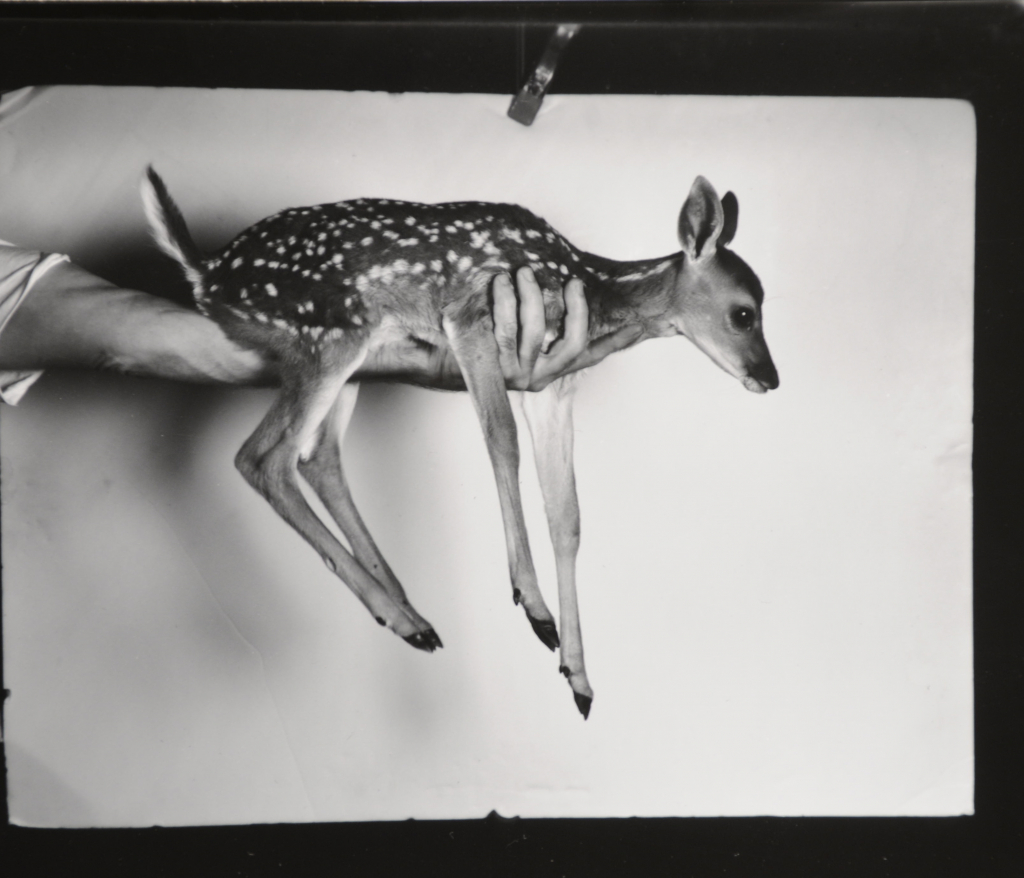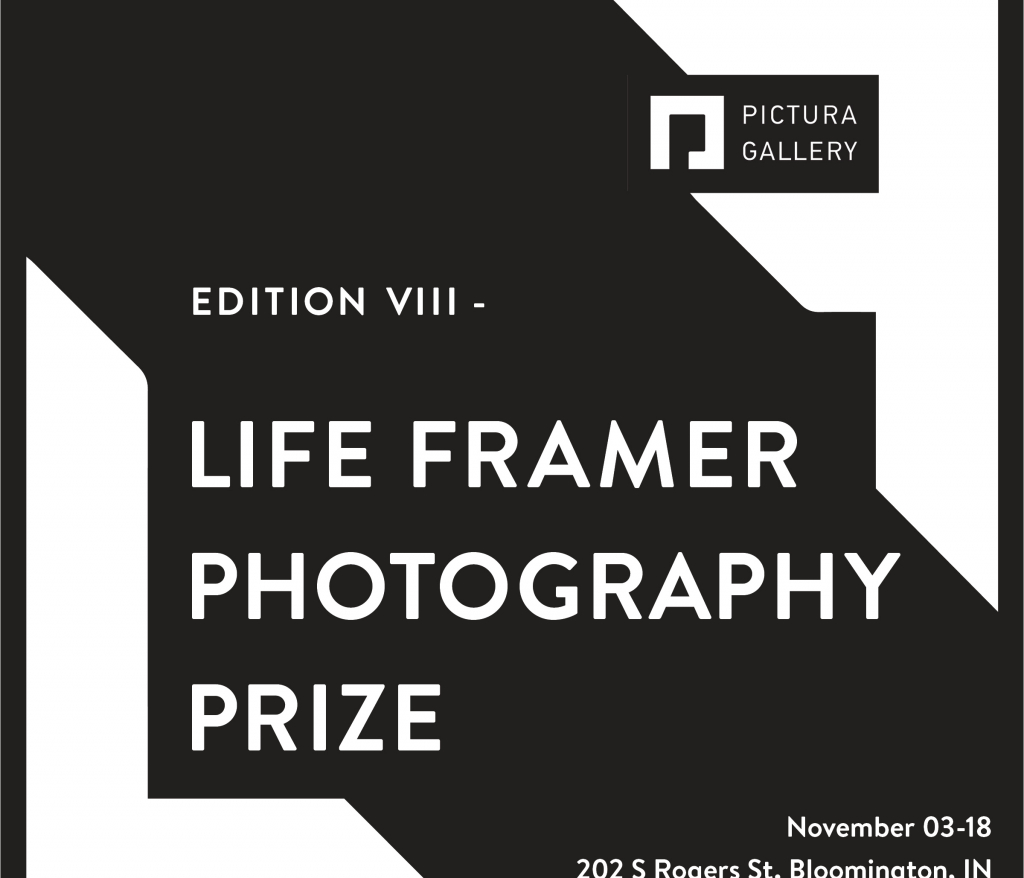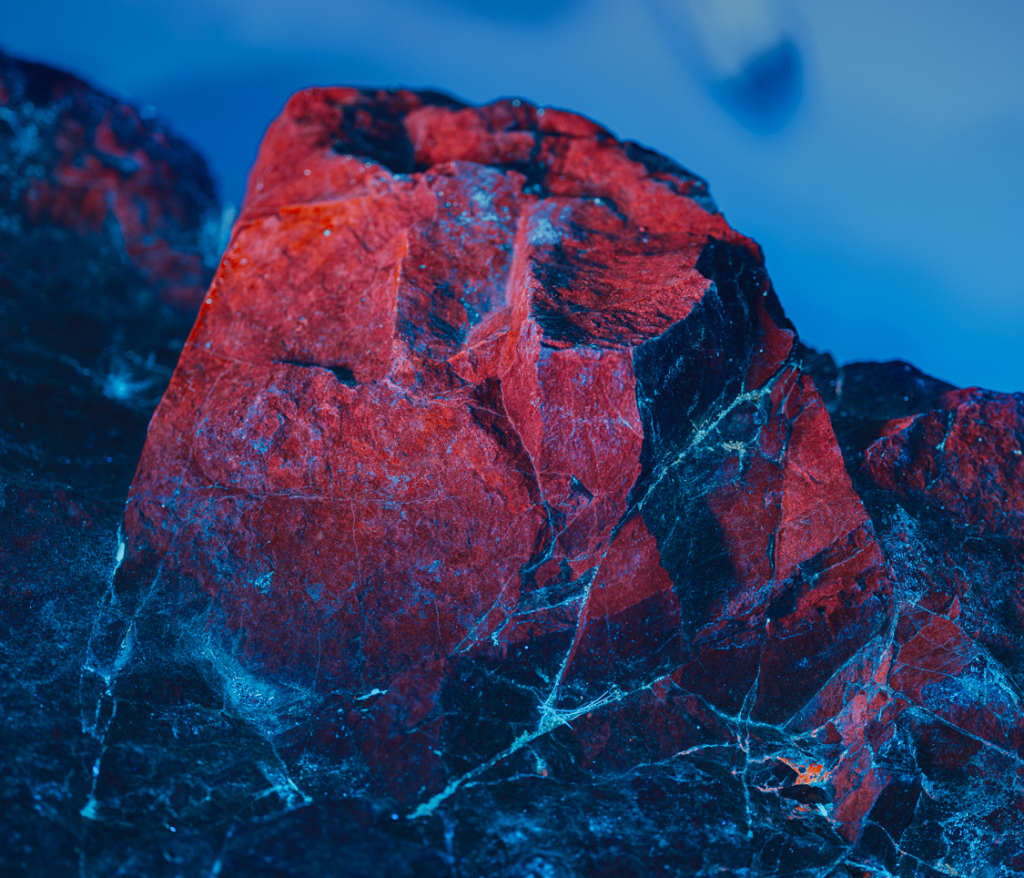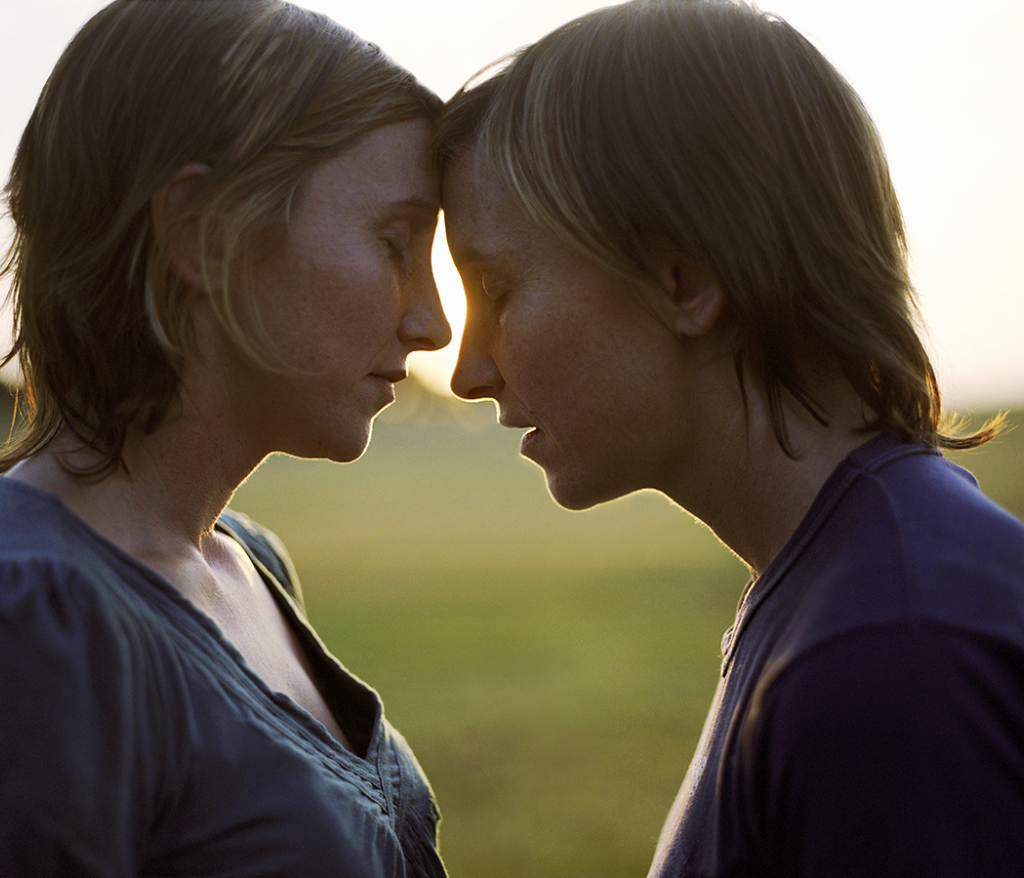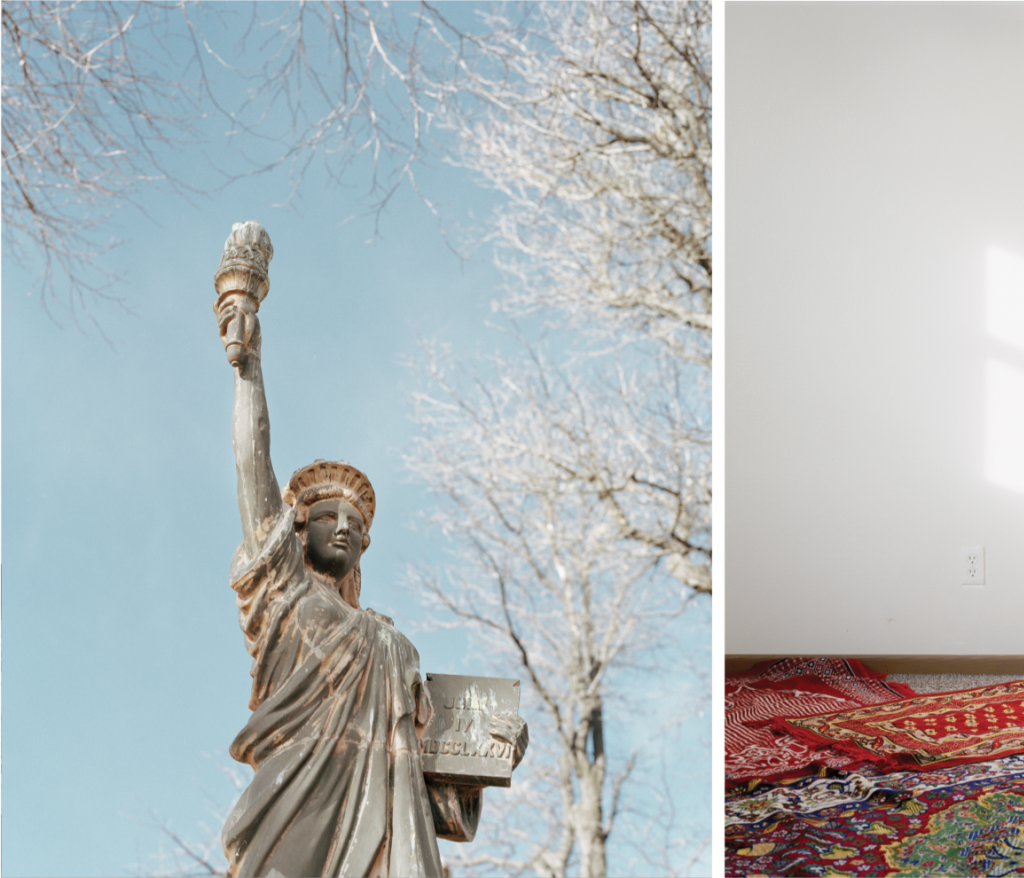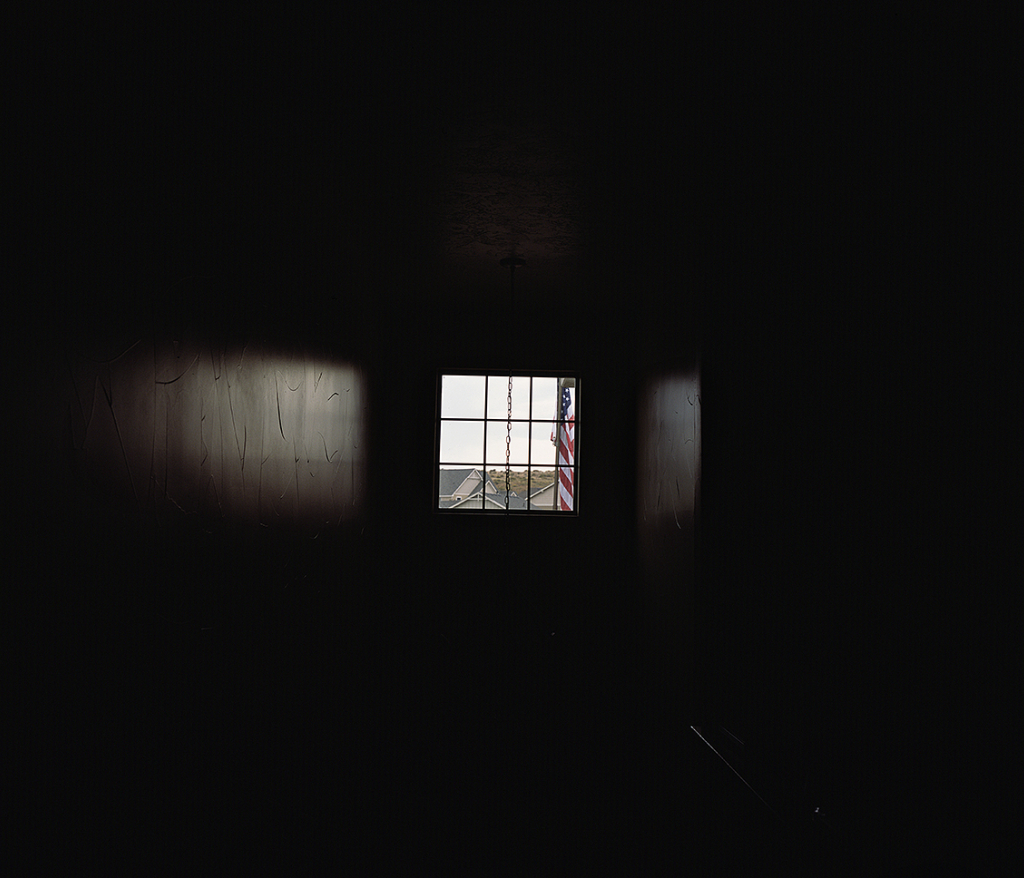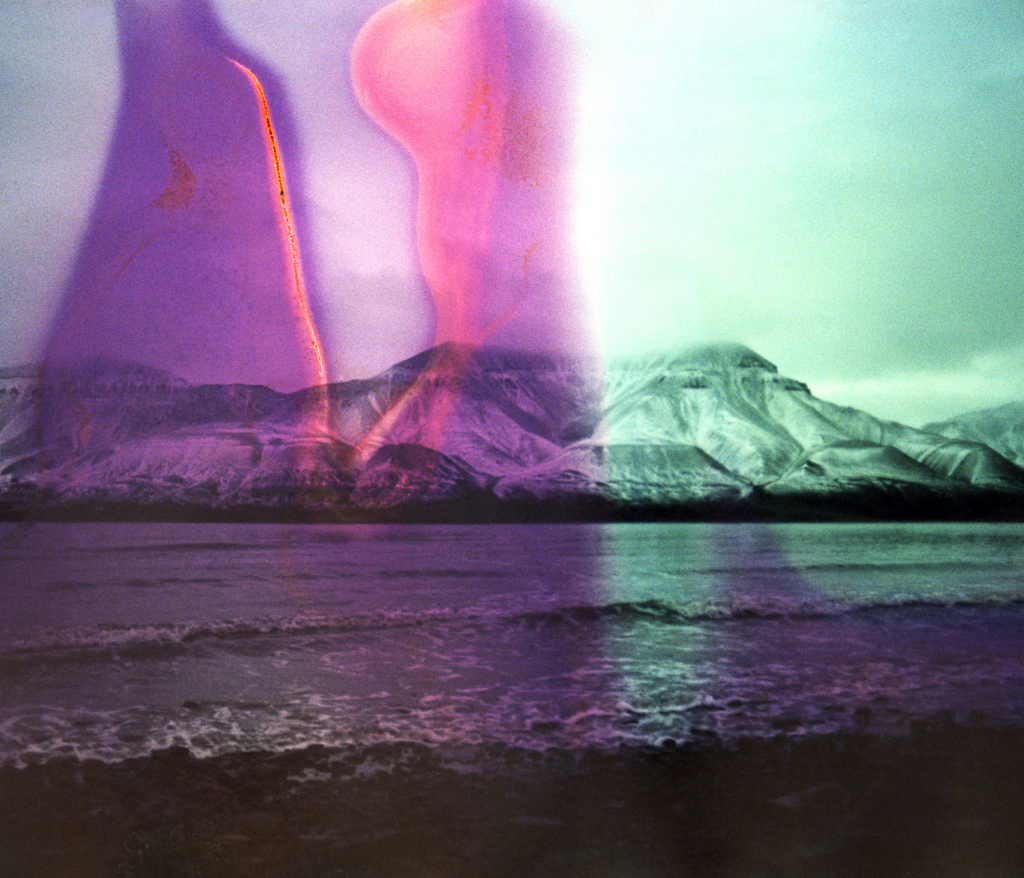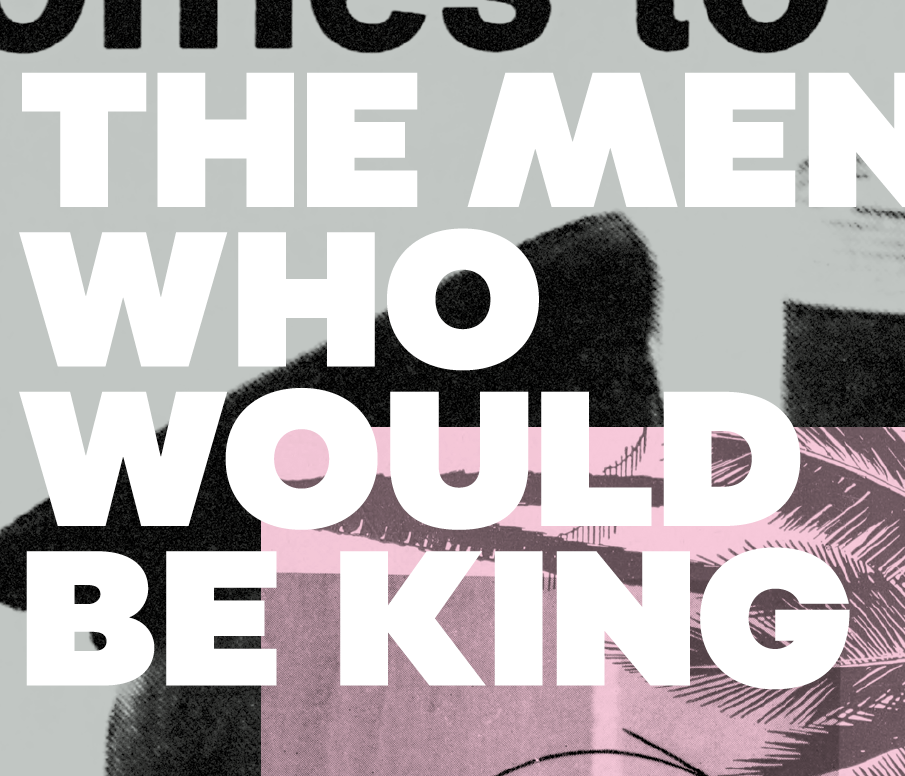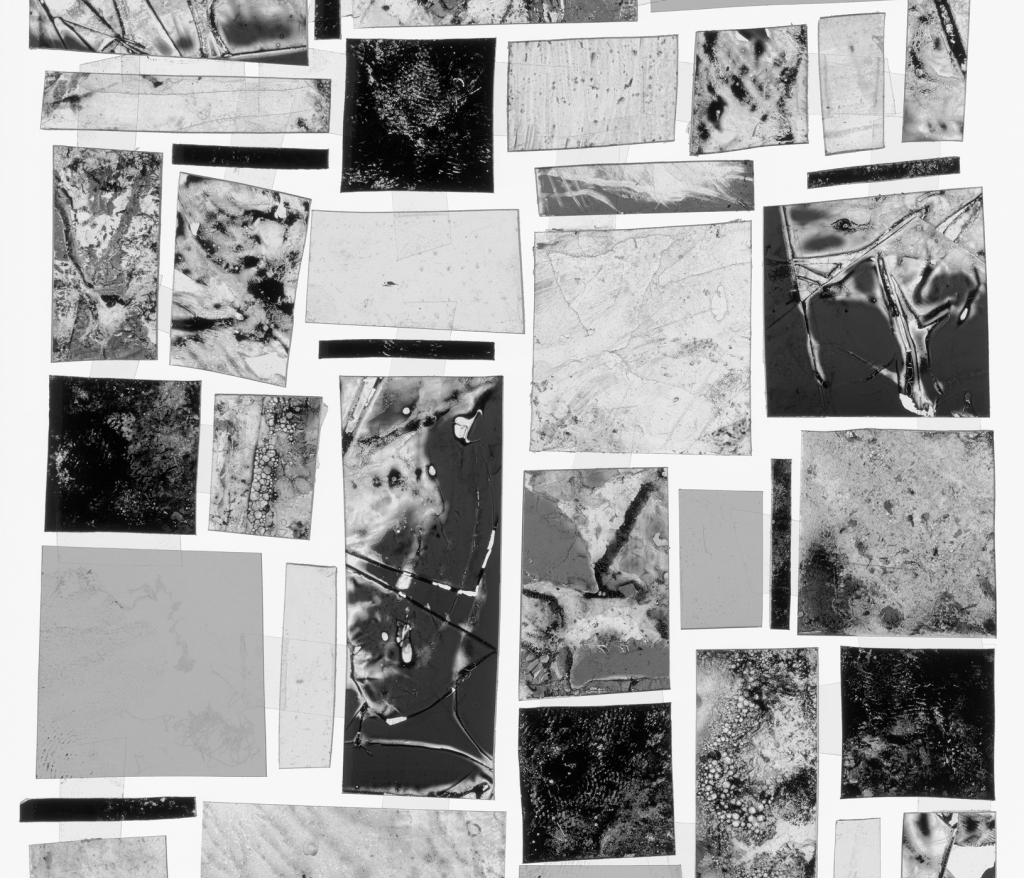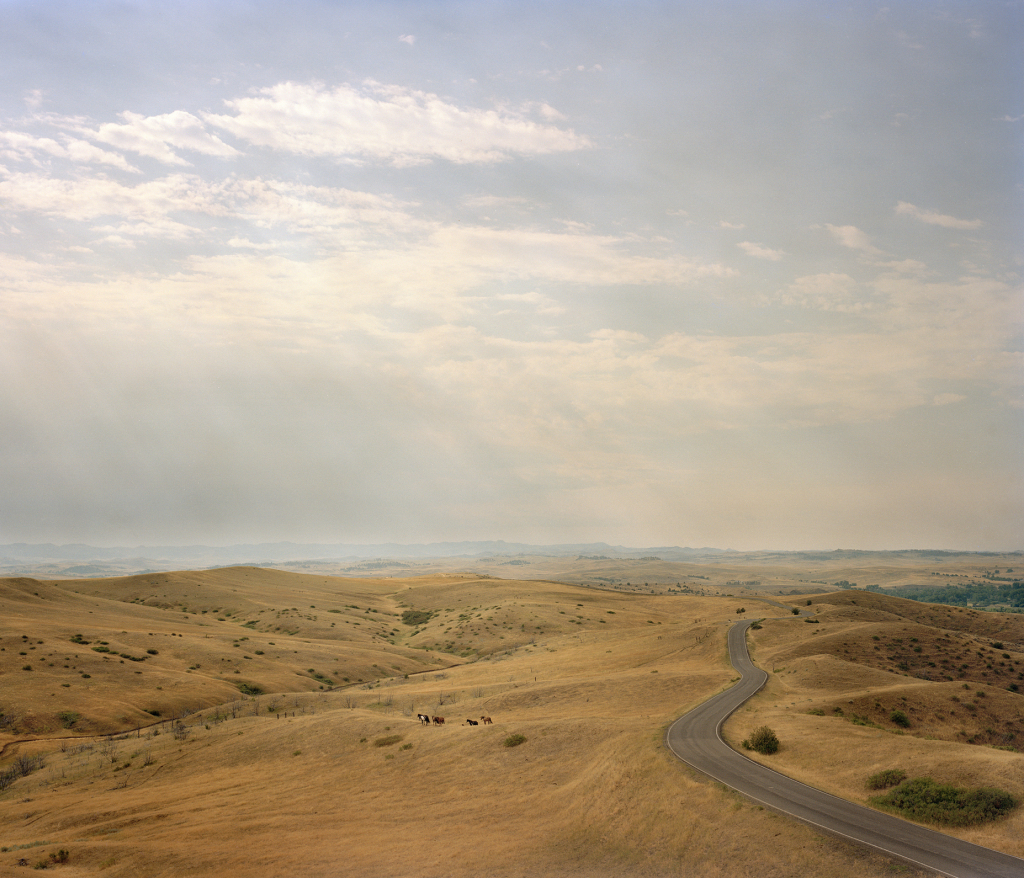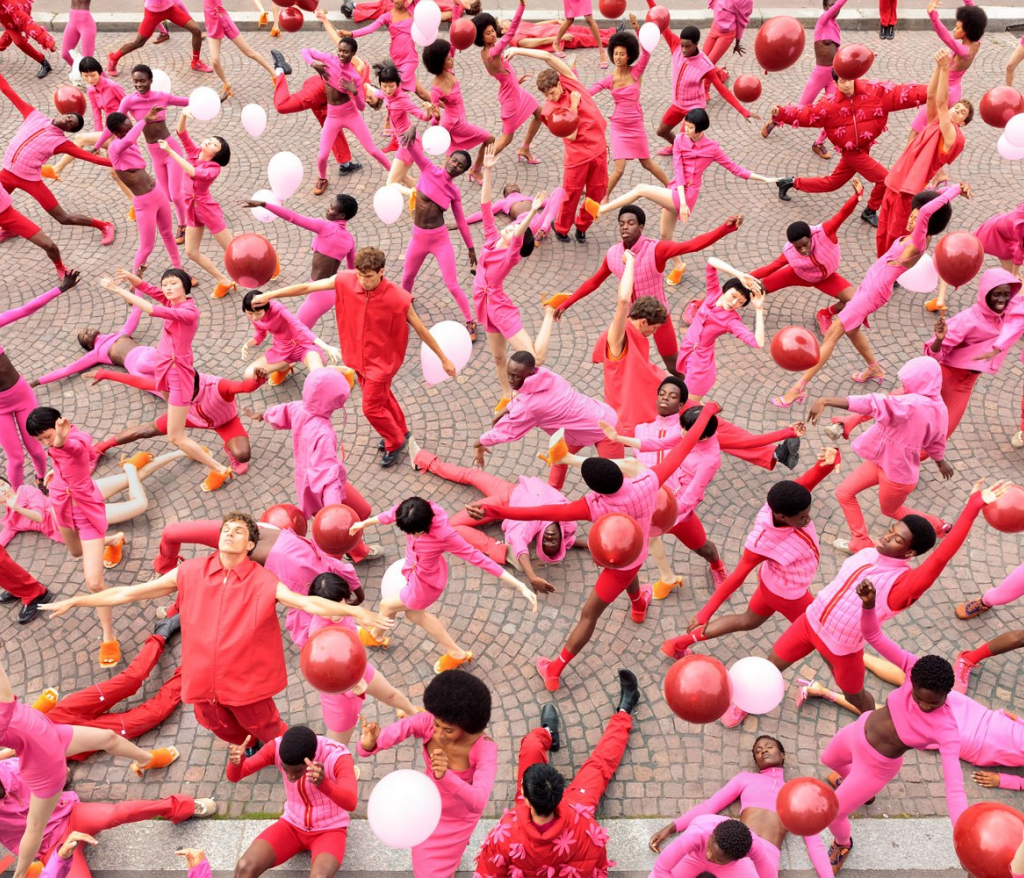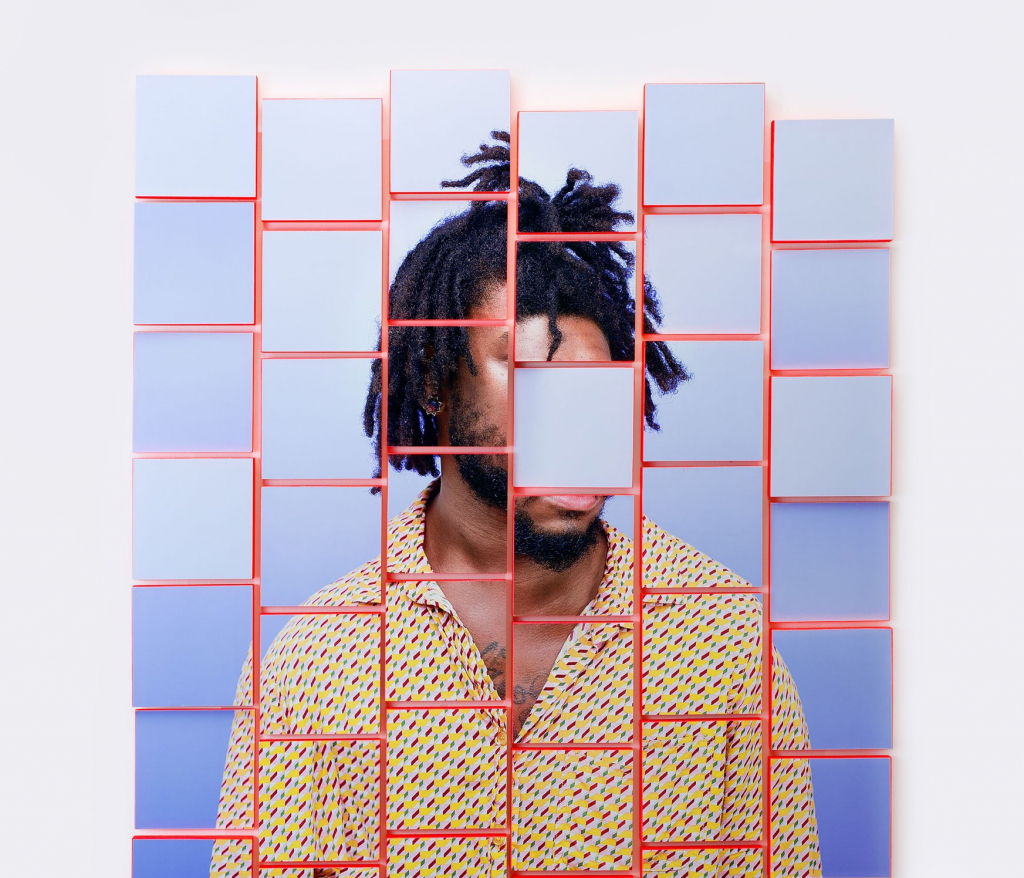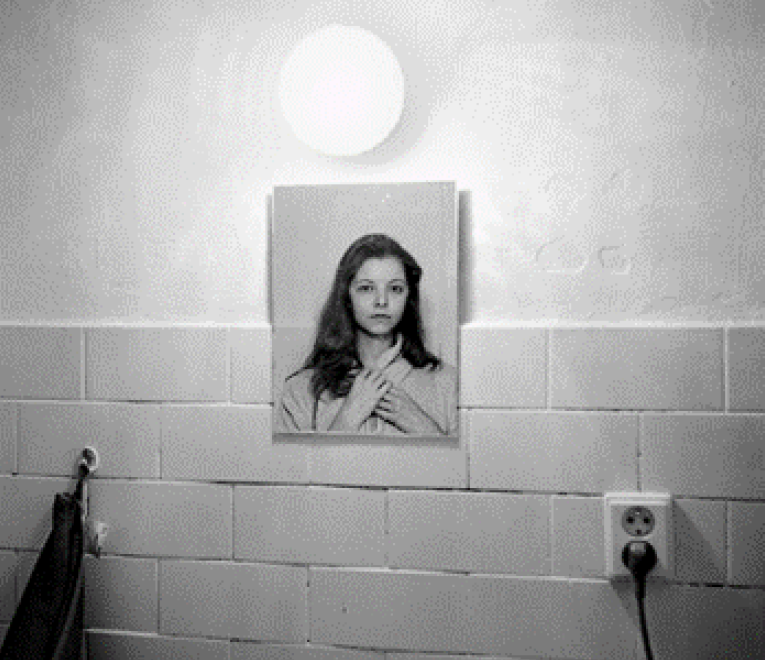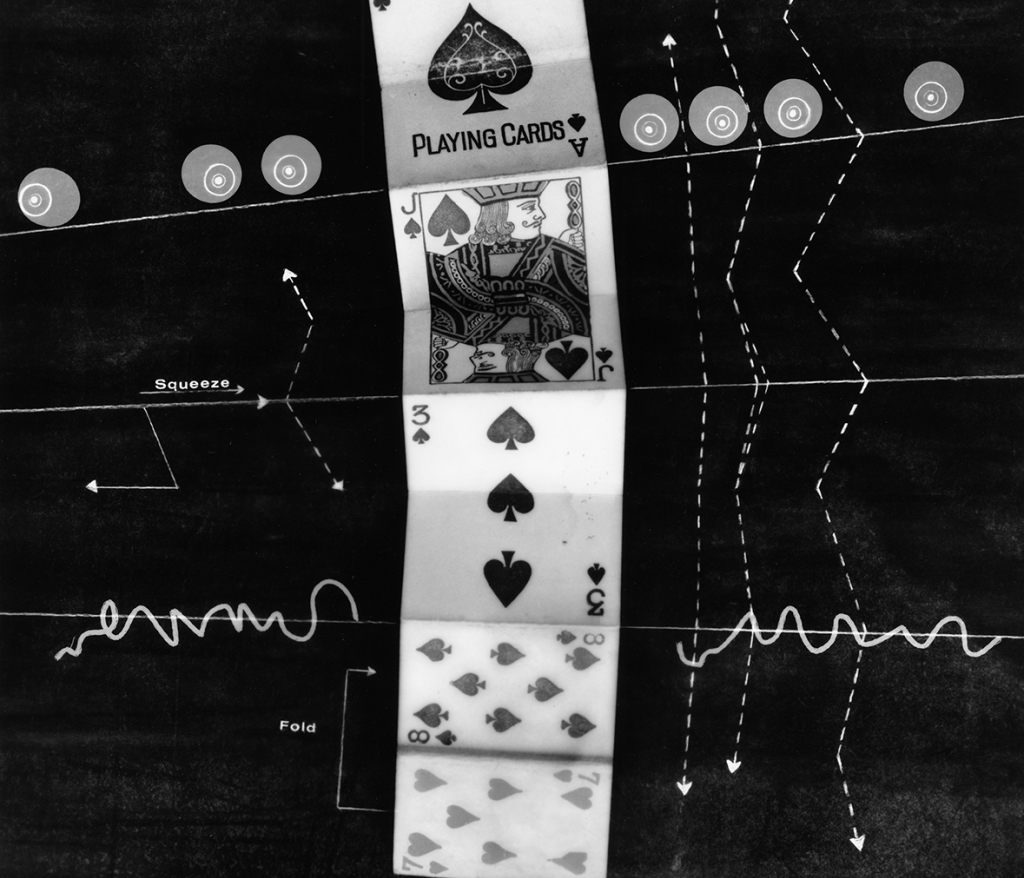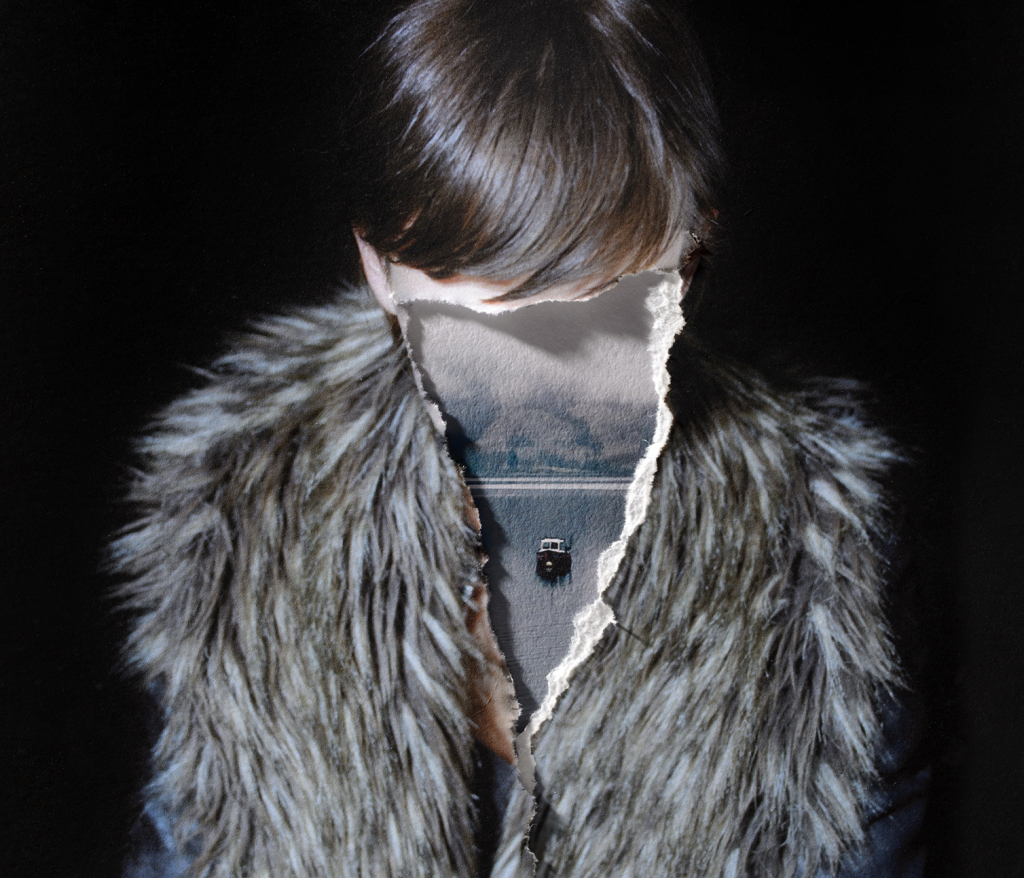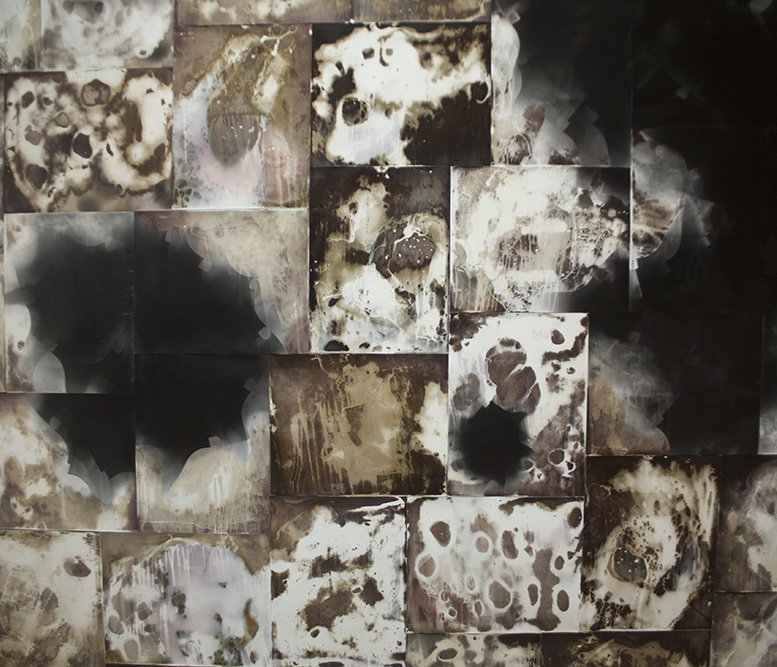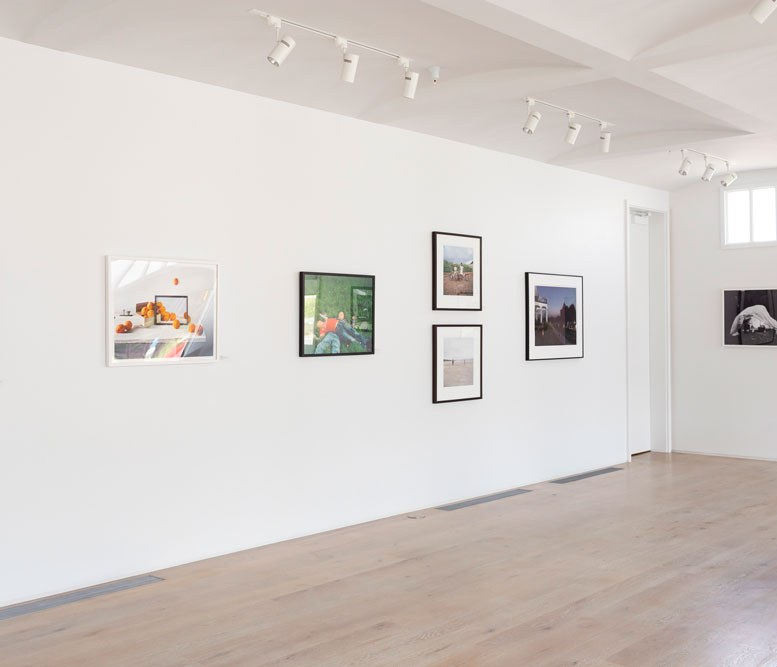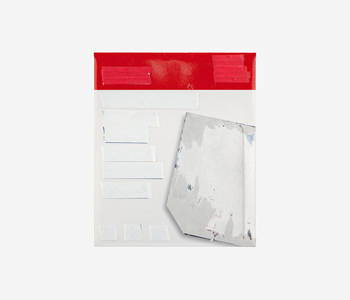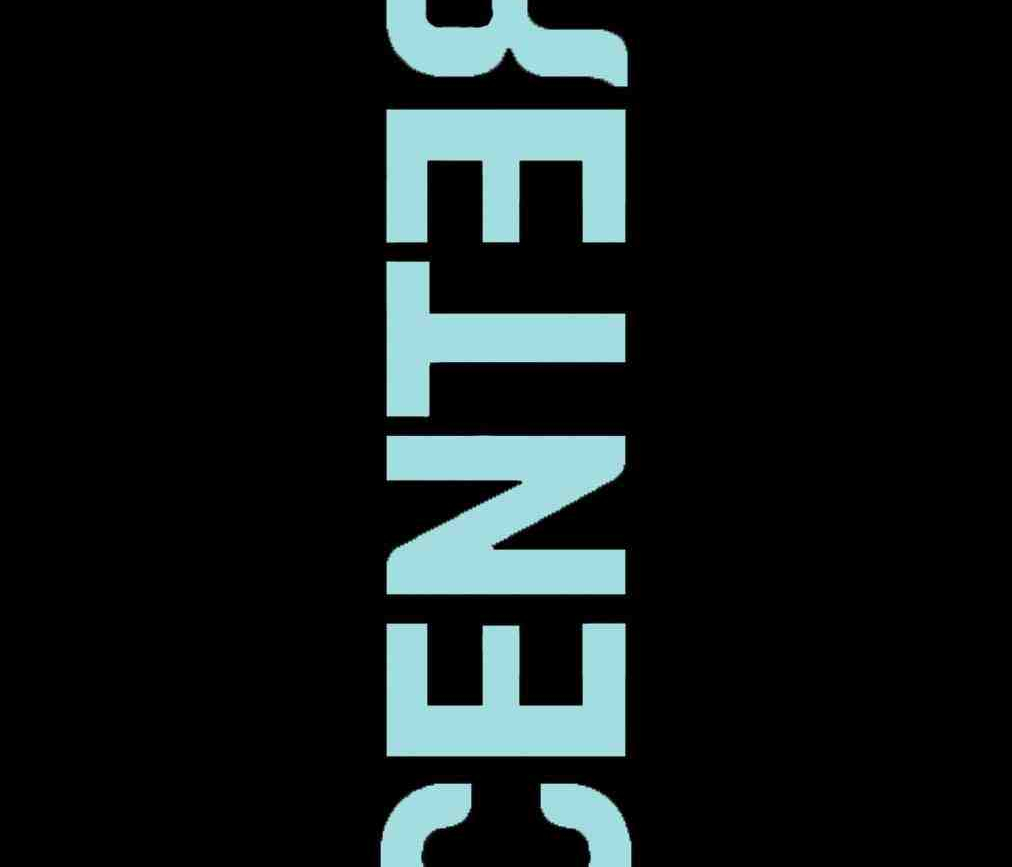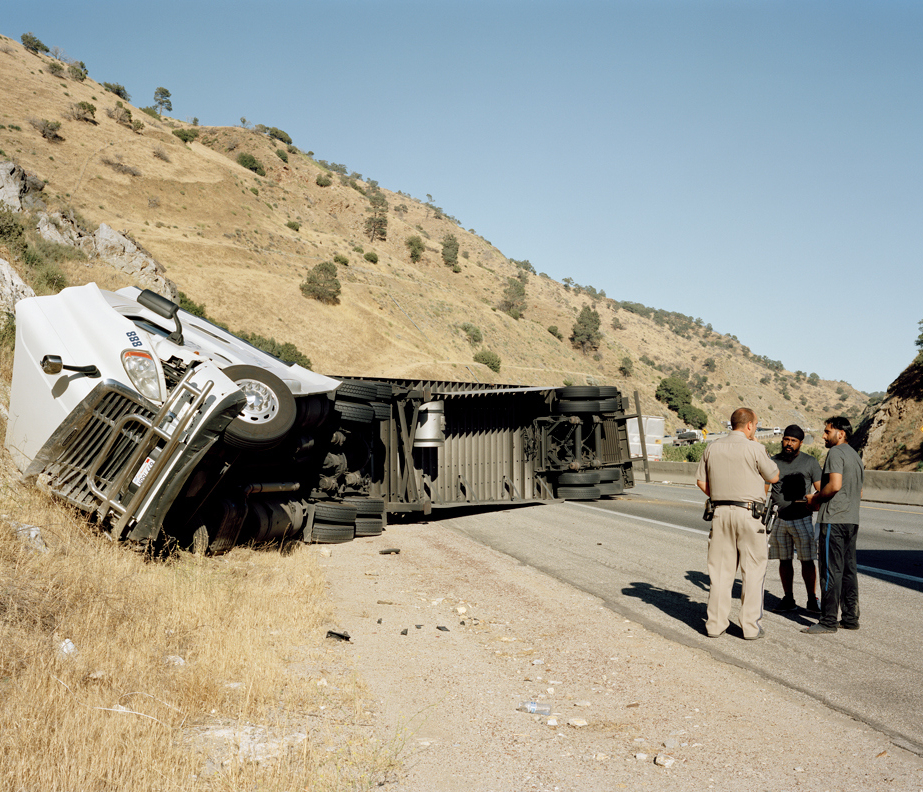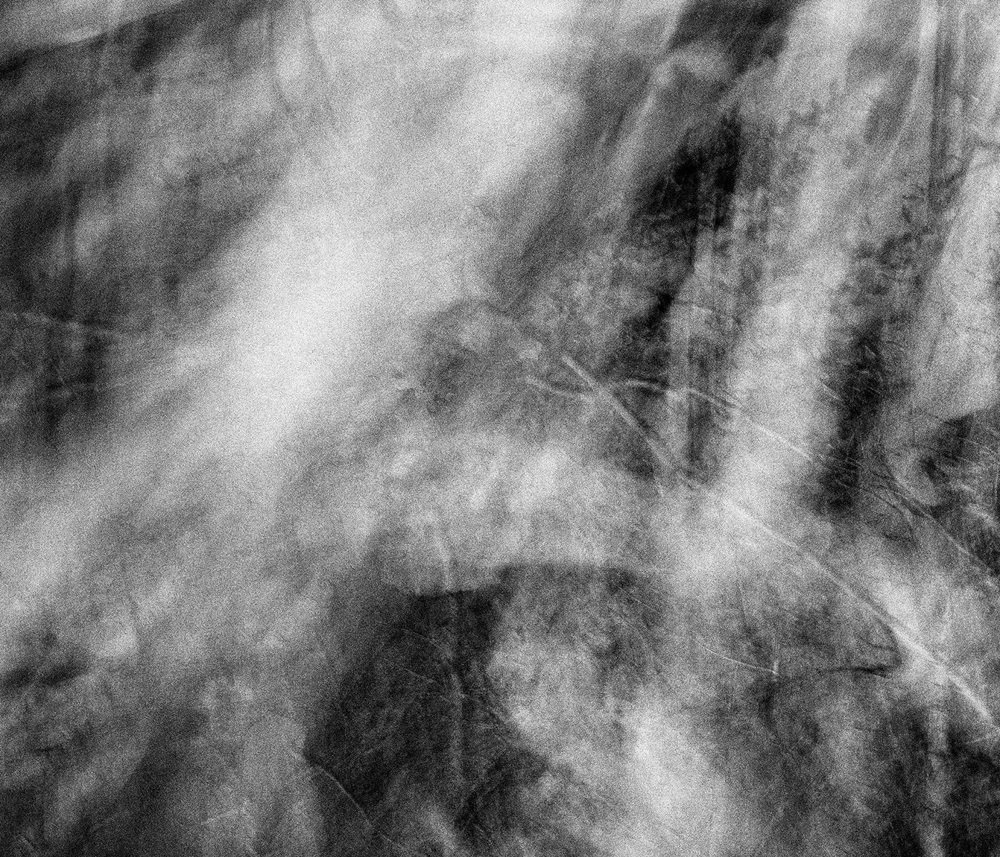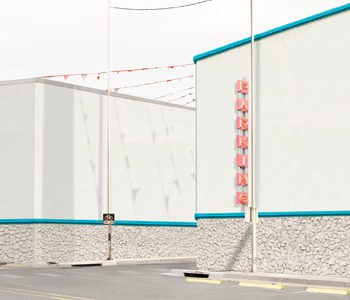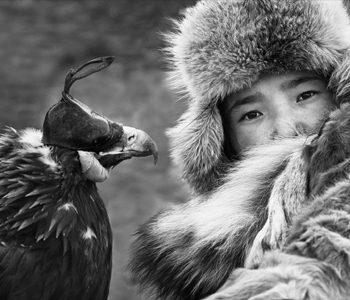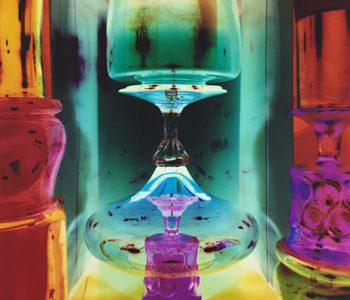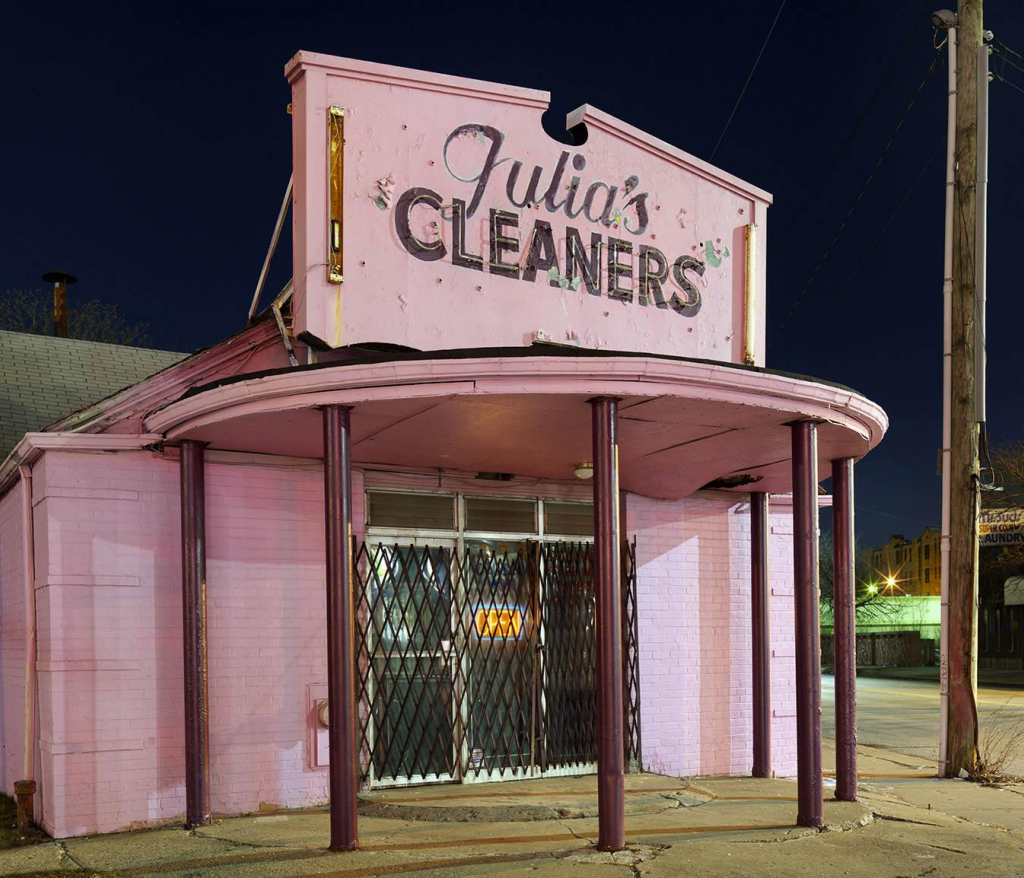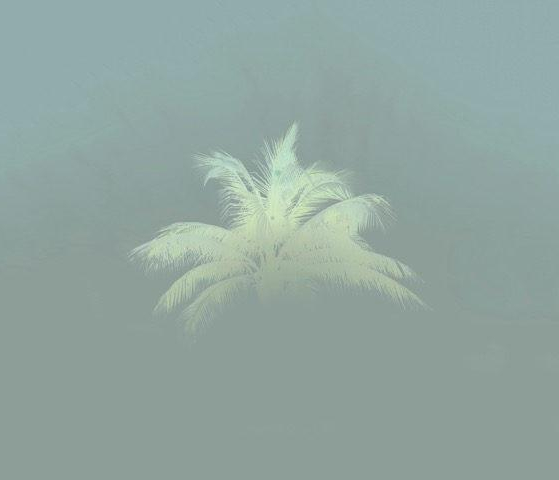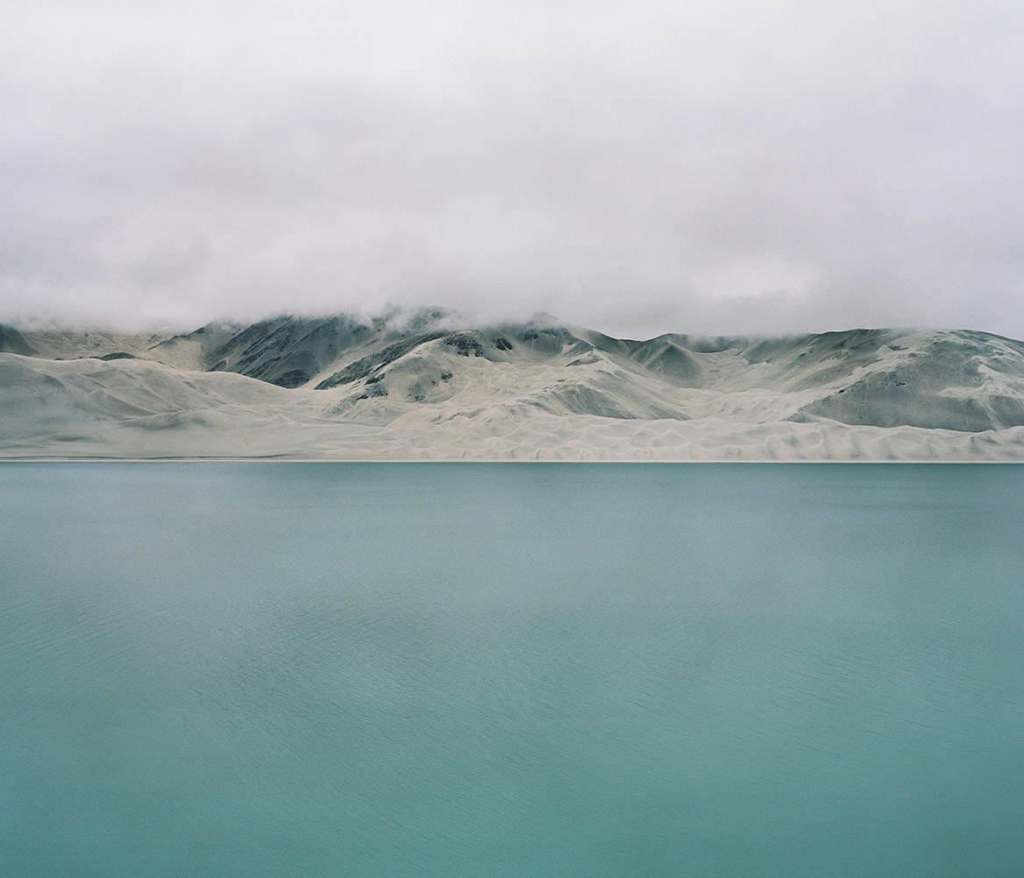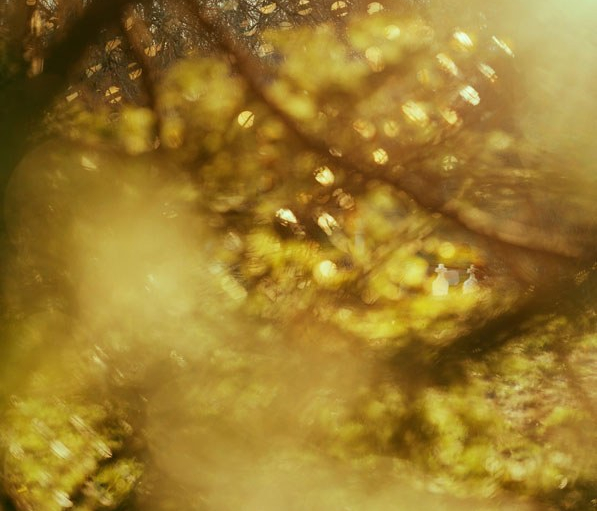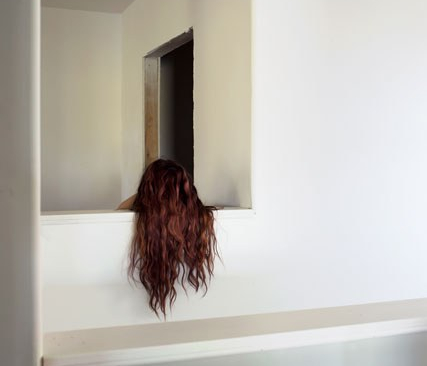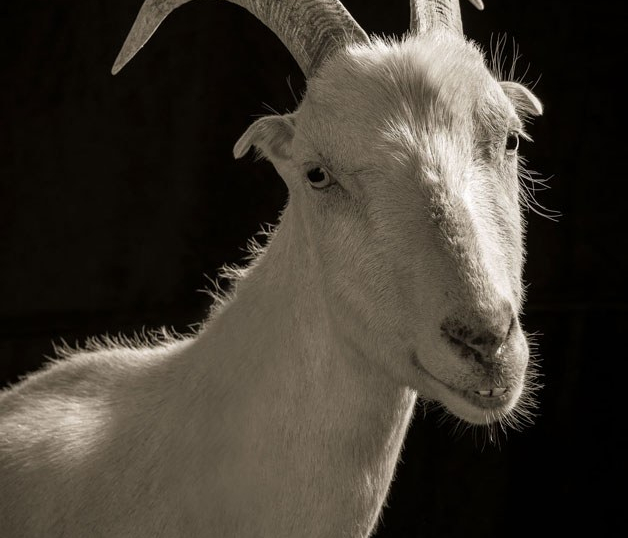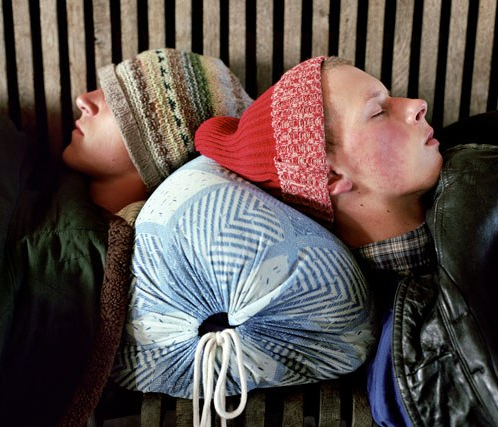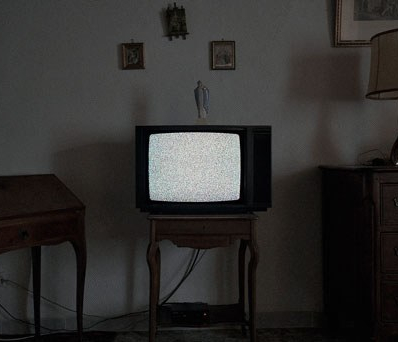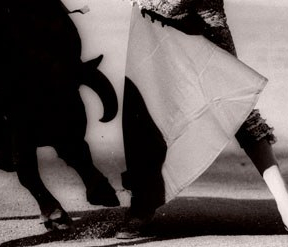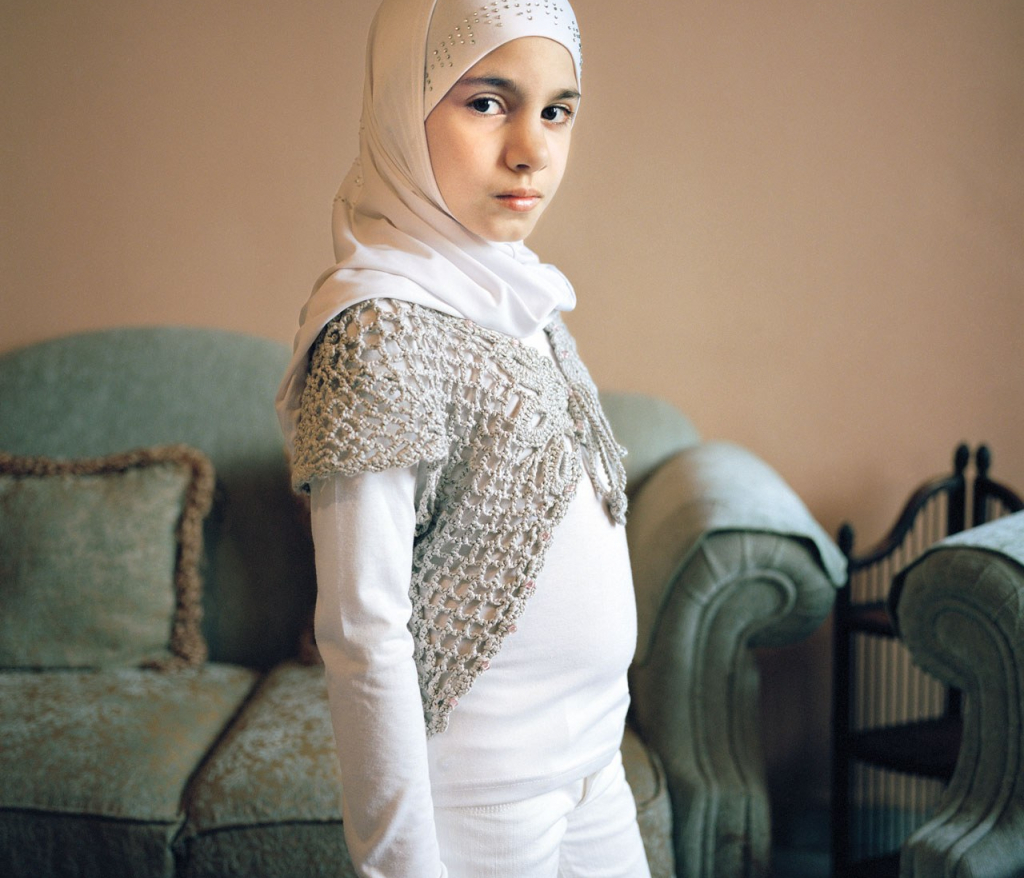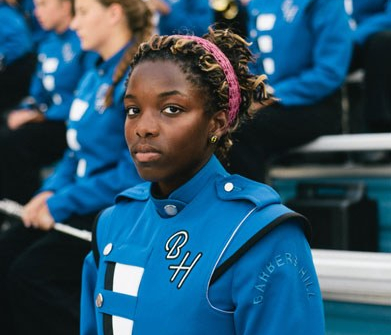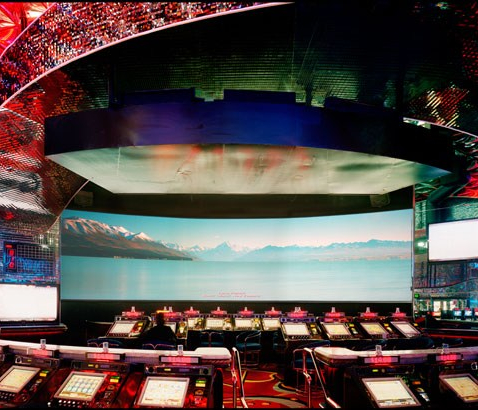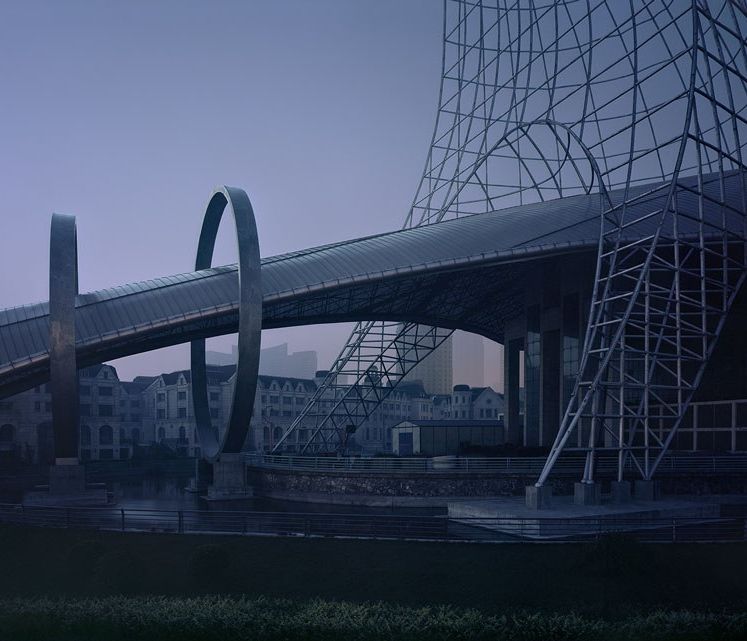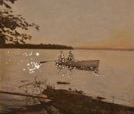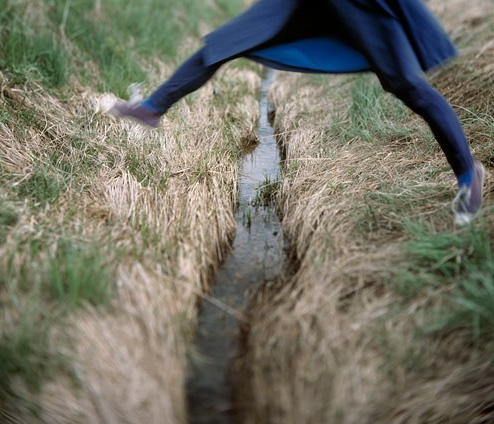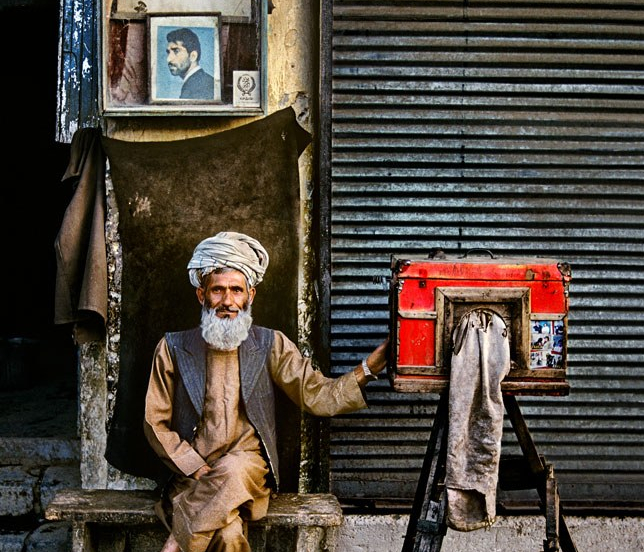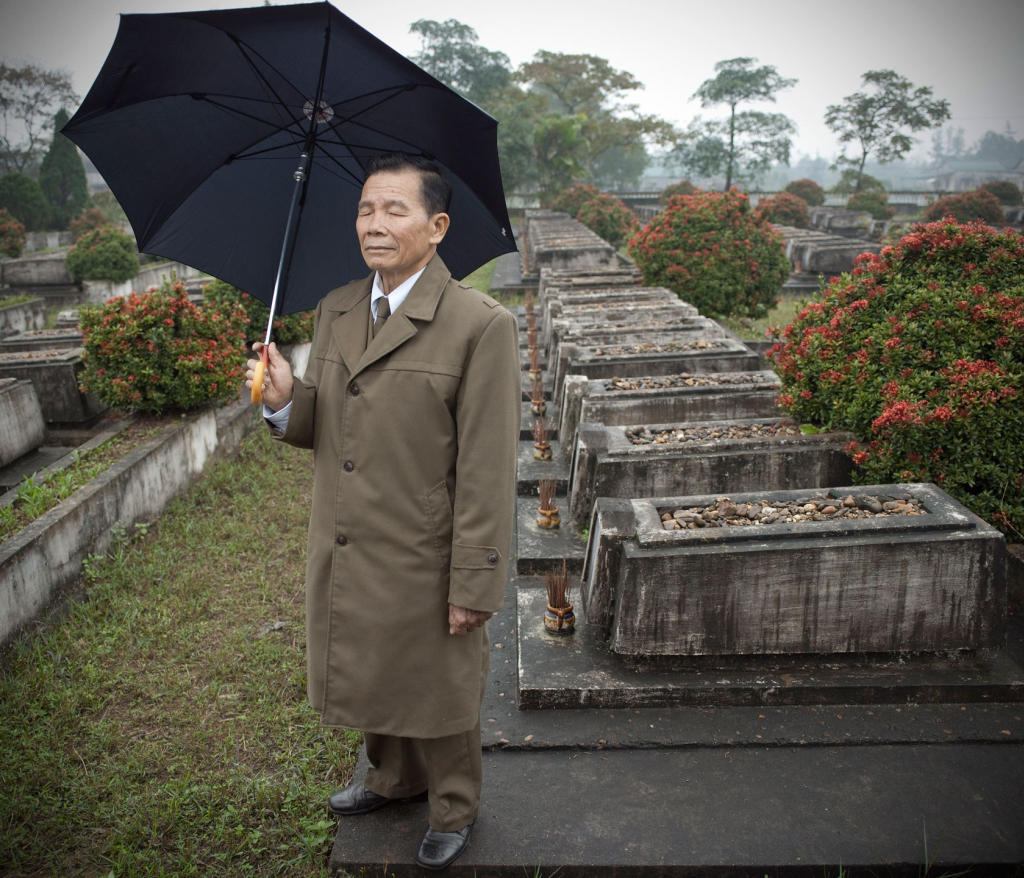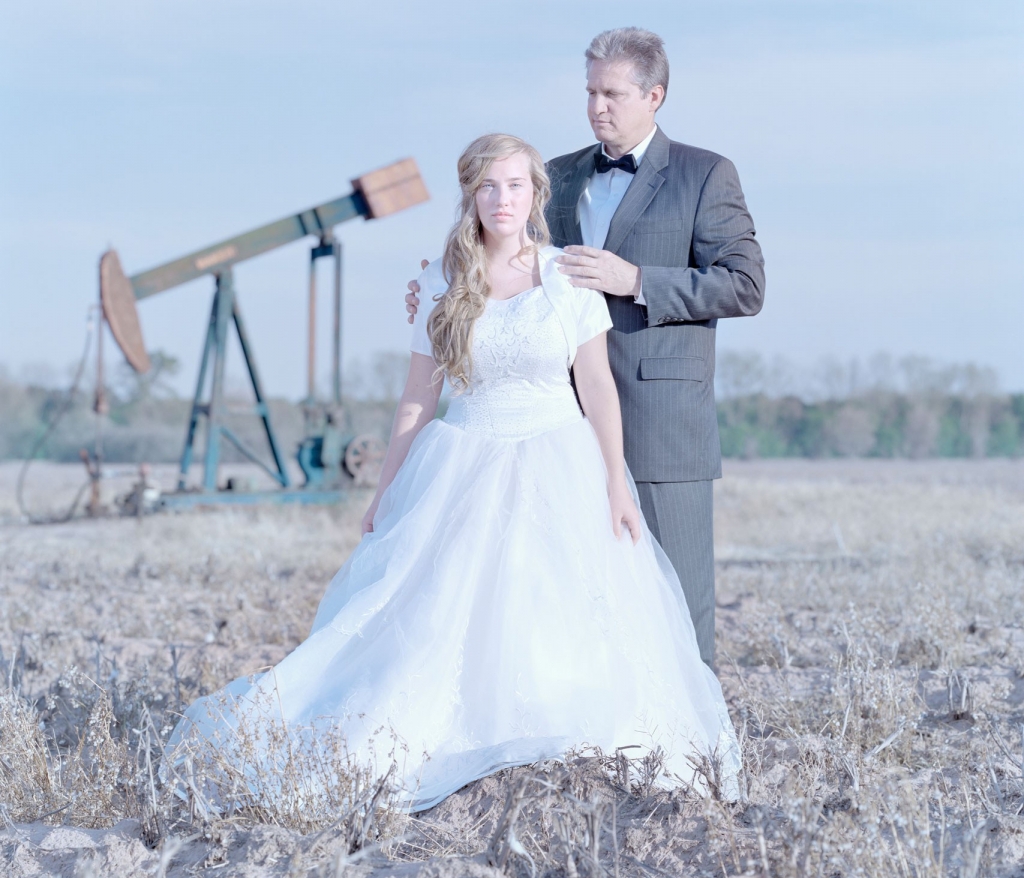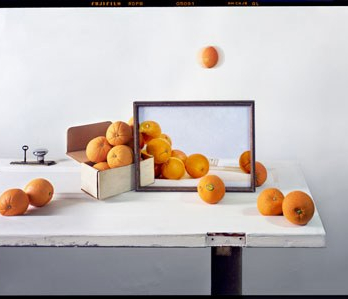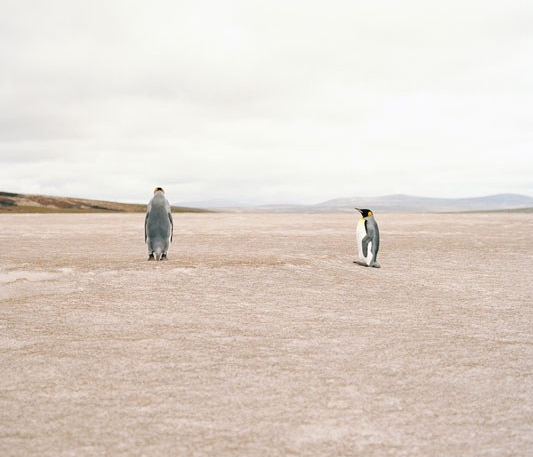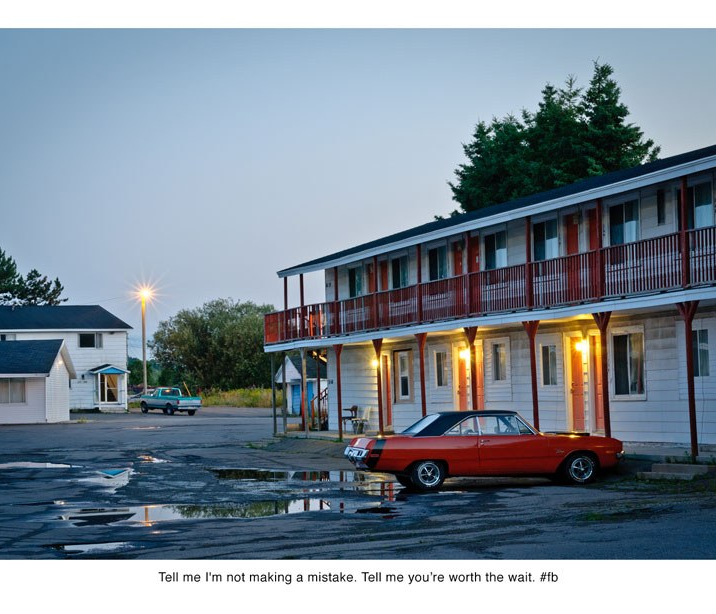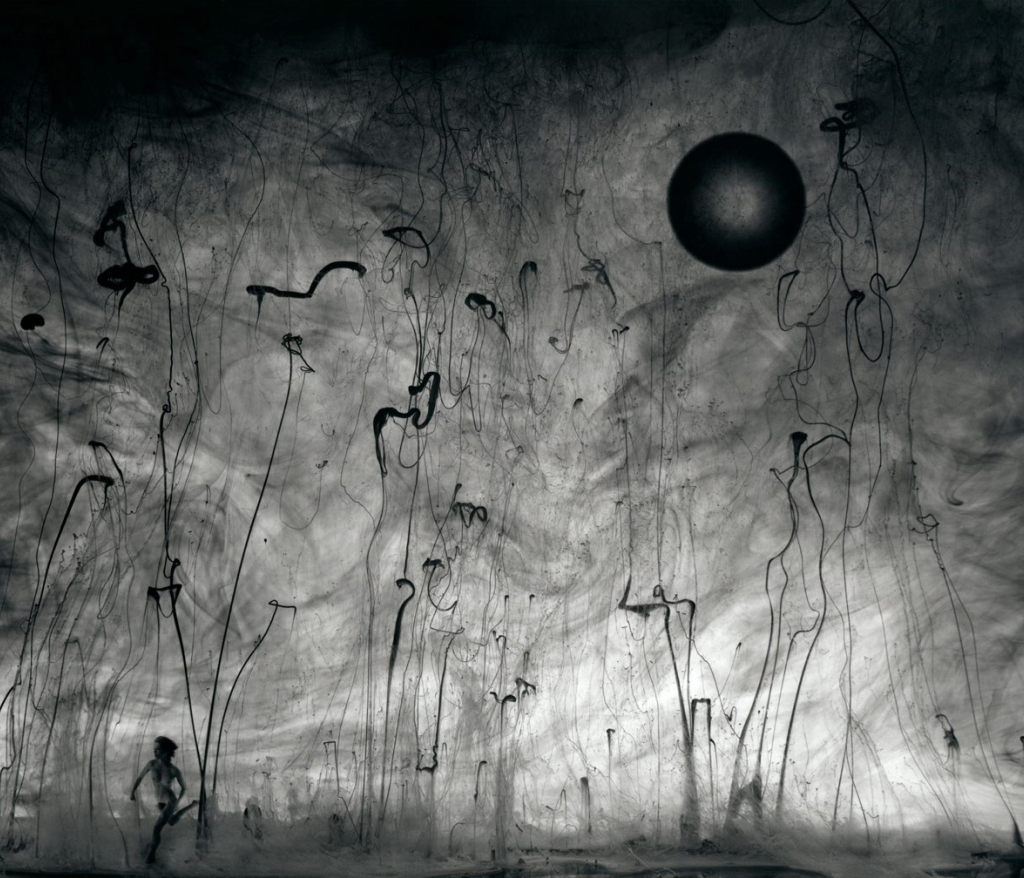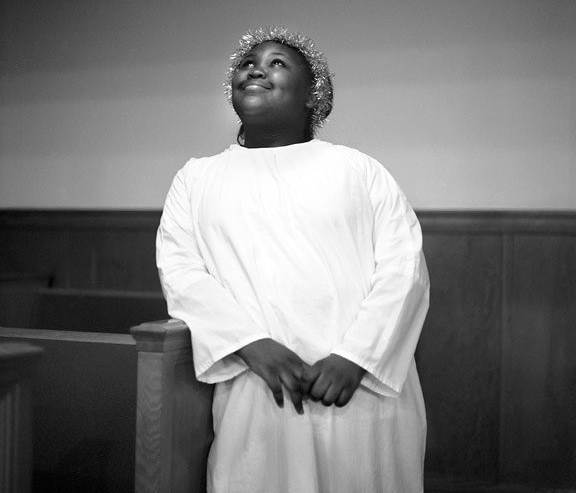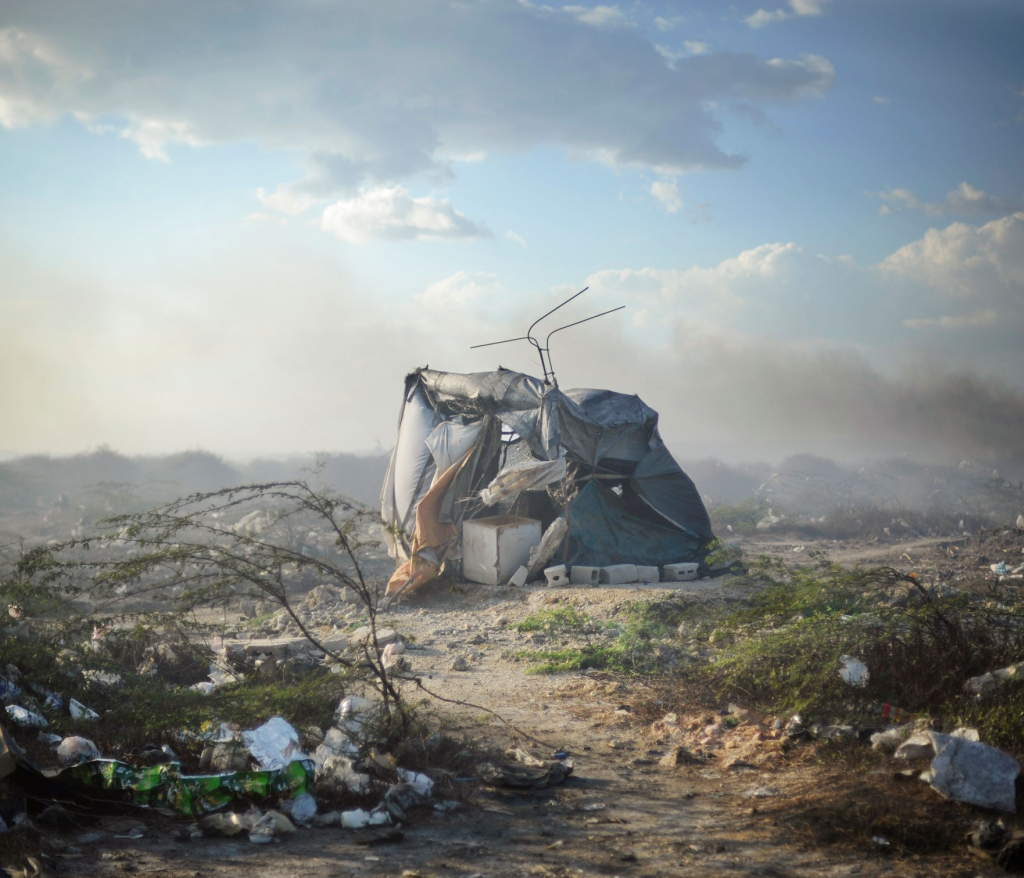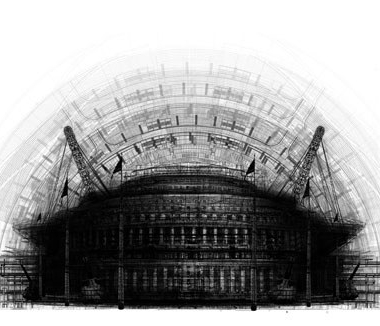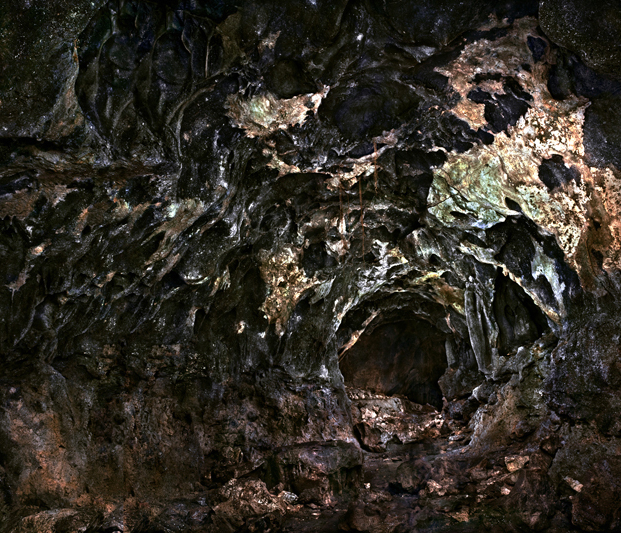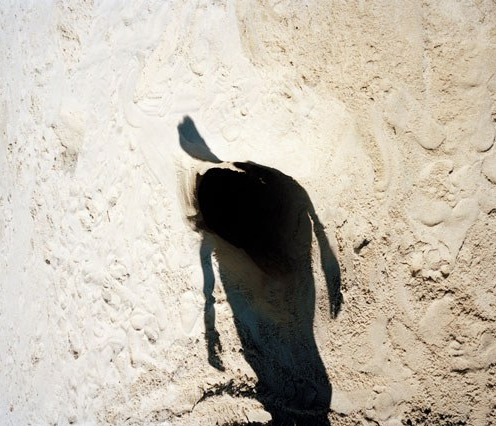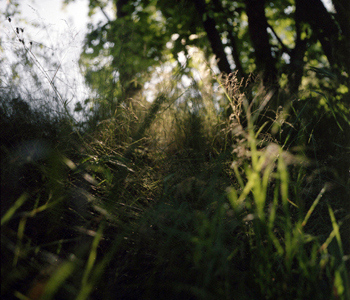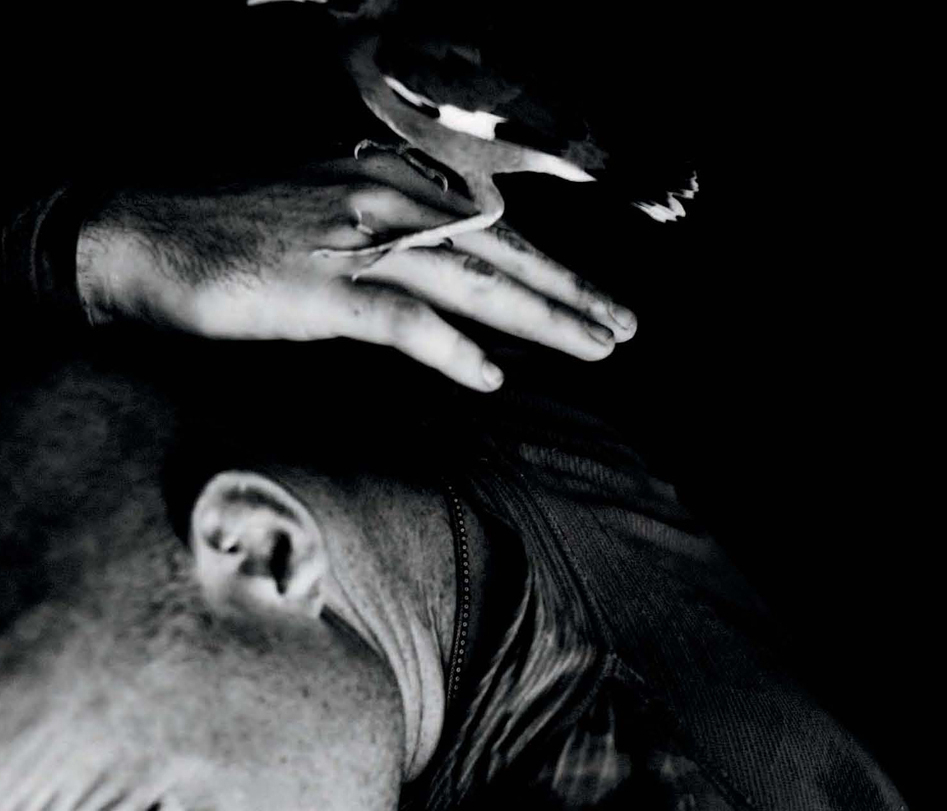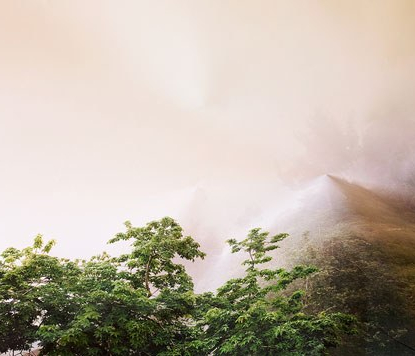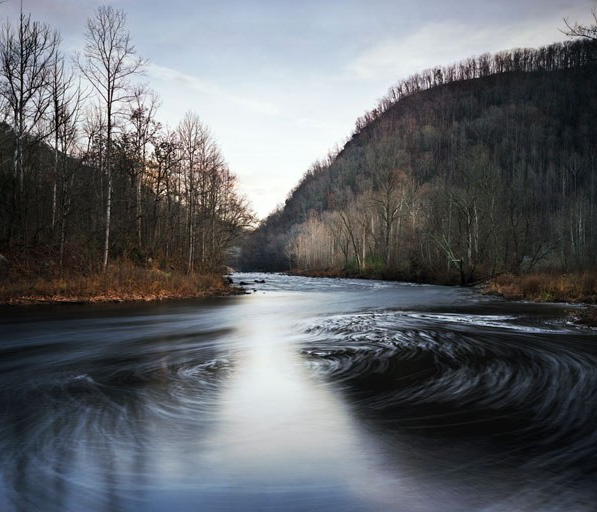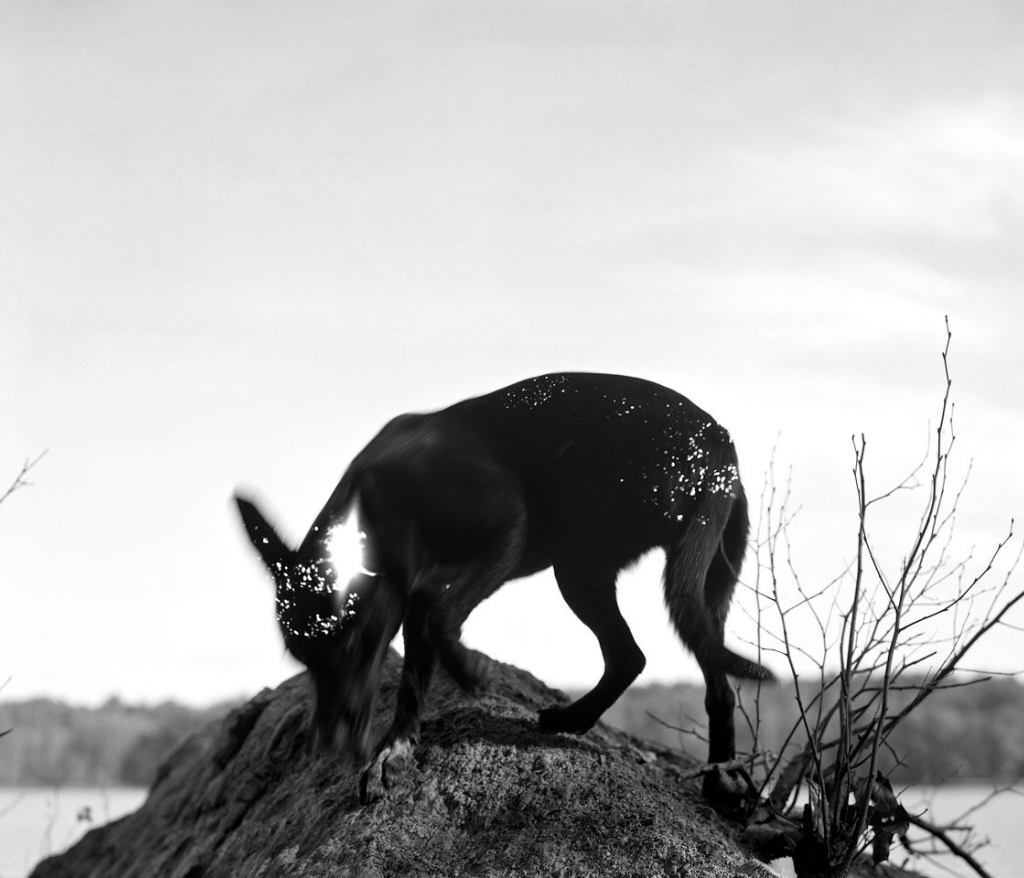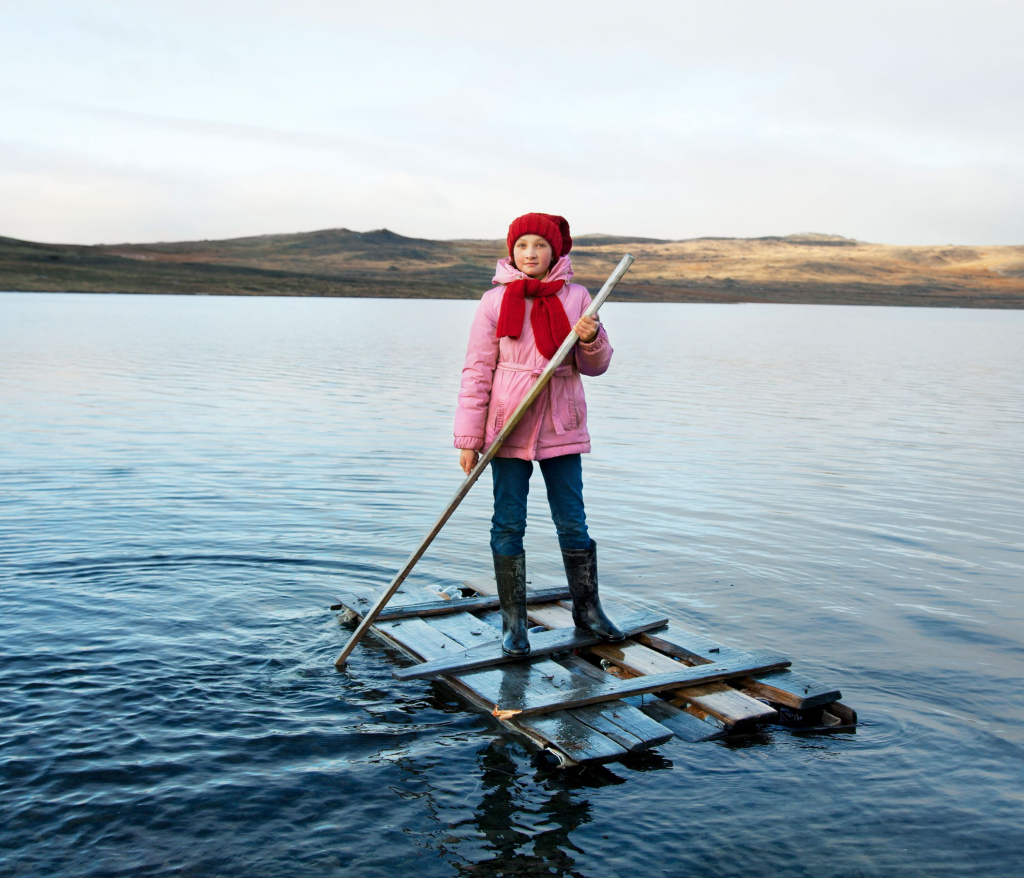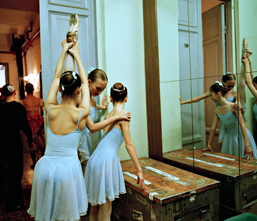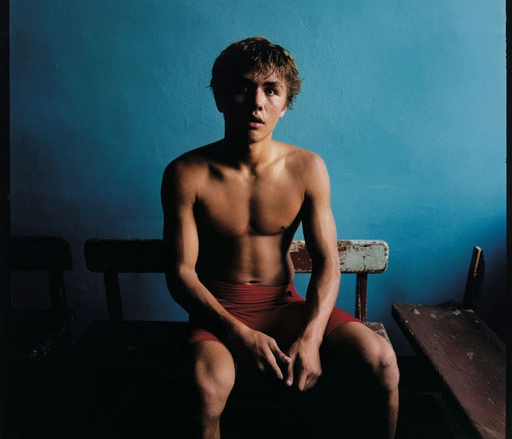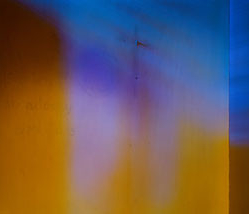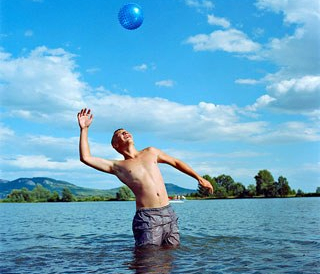Robert Calafiore
Seeing In the Dark
Robert Calafiore
Seeing In the Dark
Robert Calafiore’s photographs act as a gateway into a hidden world, revealing scenes that could not be taken in by the human eye in real time. Because of his unusual processes, these views will only exist in the prints before you. The colors are reversed, or rendered in the negative, and the resulting prints are saturated and dazzling.
In a deep sea dive, the thrill of bioluminescence is more fully realized with descent, as the waters become darker and the world less familiar. Calafiore’s pictures emerge into view like this, as found treasures. You may admire them for the ordinary household objects that they are, or you can forget that fact.
They are luminescent jewels, or glass creatures with a glowing pulse. They are Poseidon’s trophies, or artifacts of unknown significance from an alien world. There is a red, all-seeing eye, a long altar of reliquaries from a lost religion, structures of a strange new architecture. As our eyes adjust to Calafiore’s uncommon visual language, we begin to see through the dark, even plunging into the deeps of our own imaginations.
I use a hand-built pinhole camera to create large scale one-of-a-kind c- prints. The subject matter, a collection of ordinary glassware, some of the first objects purchased by my immigrant parents, are assembled by stacking and balancing pieces into a single tableau, often within a larger construction. These decorative items are some of the things I remember vividly in our home growing up.
These now nostalgic pieces are transformed by the unique recording characteristics of the pinhole camera’s wide angle, the extended exposure, set design and composition, and the light sensitive paper’s recording abilities.
My long term interest in process, traditional materials, and the reaction between light and chemistry, as well as the personal and universal stories told through everyday objects, drives my work and studio practice.
The work recalls the well known 17th century cabinets of curiosity, Henry Fox Talbot’s Articles of Glass, the history of still-life in art, family dining room credenzas, and the church niches etched in my mind from childhood, where objects of importance were revered.
In my process, color paper is exposed to nearly an hour of varied light in excess of 20,000 watts. (The f/stop equivalent of the pinhole is f/958, a tiny opening requiring prolonged exposure for the paper to record an image and achieve rich saturation.) The process is somewhat of a performance as I move objects, change and shift lighting, and dodge and burn by casting shadows or funneling light to a selected spot to control density. Though I am moving too quickly to be recorded in any discernible way, I am, so to speak, a part of every image.
No digital tools or technology are ever used in creating these analog studio and darkroom processed photographs. Increasingly, reflecting on the endless flood and speed of changing technology today, I step back and invest in prolonged experimentation, investigation and hands-on making.
Robert Calafiore was born in New Britain, Connecticut to Italian immigrants. Both his early childhood and young adult experiences have played a significant role in shaping his interests and practice. Raised in a traditional Roman Catholic home, and part of a large extended family, the religious influence and the strong ties to traditions and work ethic, contributed in molding the way he relates to the world. He was the first to attend college, noting he is a first-generation American. After attending art school for both BFA and MFA degrees, Calafiore has focused on his artistic practice while administrating, teaching and promoting the fine arts, internally and externally from a university staff and faculty position.
He received his MFA from the State University of New York at Buffalo and his BFA in Photography from Hartford Art School. Currently he lives and works in West Hartford, Connecticut, exhibiting his work nationally and internationally. Calafiore was awarded a Connecticut Artist Fellowship Grant for 2018, featured in a solo booth at PhotoFairs San Francisco by Gallery 1/1 from Seattle, and named the Second Sight Award artist speaker for Medium Festival of Photography in October 2018. Find recent reviews and articles about his work in Photograph Magazine, Diffusion Annual IX, Lenscratch and Collector Daily.
Calafiore is newly represented by ClampArt, New York City.
Robert Calafiore
Seeing In the Dark
Robert Calafiore’s photographs act as a gateway into a hidden world, revealing scenes that could not be taken in by the human eye in real time. Because of his unusual processes, these views will only exist in the prints before you. The colors are reversed, or rendered in the negative, and the resulting prints are saturated and dazzling.
In a deep sea dive, the thrill of bioluminescence is more fully realized with descent, as the waters become darker and the world less familiar. Calafiore’s pictures emerge into view like this, as found treasures. You may admire them for the ordinary household objects that they are, or you can forget that fact.
They are luminescent jewels, or glass creatures with a glowing pulse. They are Poseidon’s trophies, or artifacts of unknown significance from an alien world. There is a red, all-seeing eye, a long altar of reliquaries from a lost religion, structures of a strange new architecture. As our eyes adjust to Calafiore’s uncommon visual language, we begin to see through the dark, even plunging into the deeps of our own imaginations.
I use a hand-built pinhole camera to create large scale one-of-a-kind c- prints. The subject matter, a collection of ordinary glassware, some of the first objects purchased by my immigrant parents, are assembled by stacking and balancing pieces into a single tableau, often within a larger construction. These decorative items are some of the things I remember vividly in our home growing up.
These now nostalgic pieces are transformed by the unique recording characteristics of the pinhole camera’s wide angle, the extended exposure, set design and composition, and the light sensitive paper’s recording abilities.
My long term interest in process, traditional materials, and the reaction between light and chemistry, as well as the personal and universal stories told through everyday objects, drives my work and studio practice.
The work recalls the well known 17th century cabinets of curiosity, Henry Fox Talbot’s Articles of Glass, the history of still-life in art, family dining room credenzas, and the church niches etched in my mind from childhood, where objects of importance were revered.
In my process, color paper is exposed to nearly an hour of varied light in excess of 20,000 watts. (The f/stop equivalent of the pinhole is f/958, a tiny opening requiring prolonged exposure for the paper to record an image and achieve rich saturation.) The process is somewhat of a performance as I move objects, change and shift lighting, and dodge and burn by casting shadows or funneling light to a selected spot to control density. Though I am moving too quickly to be recorded in any discernible way, I am, so to speak, a part of every image.
No digital tools or technology are ever used in creating these analog studio and darkroom processed photographs. Increasingly, reflecting on the endless flood and speed of changing technology today, I step back and invest in prolonged experimentation, investigation and hands-on making.
Robert Calafiore was born in New Britain, Connecticut to Italian immigrants. Both his early childhood and young adult experiences have played a significant role in shaping his interests and practice. Raised in a traditional Roman Catholic home, and part of a large extended family, the religious influence and the strong ties to traditions and work ethic, contributed in molding the way he relates to the world. He was the first to attend college, noting he is a first-generation American. After attending art school for both BFA and MFA degrees, Calafiore has focused on his artistic practice while administrating, teaching and promoting the fine arts, internally and externally from a university staff and faculty position.
He received his MFA from the State University of New York at Buffalo and his BFA in Photography from Hartford Art School. Currently he lives and works in West Hartford, Connecticut, exhibiting his work nationally and internationally. Calafiore was awarded a Connecticut Artist Fellowship Grant for 2018, featured in a solo booth at PhotoFairs San Francisco by Gallery 1/1 from Seattle, and named the Second Sight Award artist speaker for Medium Festival of Photography in October 2018. Find recent reviews and articles about his work in Photograph Magazine, Diffusion Annual IX, Lenscratch and Collector Daily.
Calafiore is newly represented by ClampArt, New York City.
